Prunus - Plant Encyclopedia Results
Top Tropicals Plant Encyclopedia
| Number of plants found: 18 | Next | 
|
Go to page: | 1 | 2 |
Botanical names: Prunus armeniaca, Amygdalus armeniaca
Common name: Apricot
Family: Rosaceae
Origin: Asia










They are extremely rich in beta-carotene, and are an excellent source of vitamin A, vitamin B, and other nutrients. They also have a low Glycemic Index, which means that dried apricots have a low impact on blood sugar levels. Apricots are very high in antioxidants and are packed with essential dietary fibers, minerals, and vitamins.
Prunus armeniaca, commonly known as Apricot, is a small deciduous tree growing to a height of 10-20 feet. Native to Asia, Apricot has large pink and white or off-white flowers that attract hummingbirds and butterflies. The tree is highly drought tolerant and thrives in full sun with moderate water. It is a cold hardy plant and is suitable for growing in USDA zones 5-9.
Apricot fruits are drupes, similar in size to small peaches, and typically range from yellow to orange in color. They are rich in beta-carotene, vitamin A, vitamin B, and other essential nutrients, making them a nutritious snack or ingredient. They also have a low Glycemic Index and are very high in antioxidants. Apricot trees can be prolific producers, typically yielding between 30 and 50 pounds of fruit per tree annually. The fruit can be consumed fresh or dried, while the apricot kernels can be used in cooking or to make medicinal extracts.
Botanical name: Prunus campanulata
Common names: Taiwan Cherry, Formosan Cherry
Family: Rosaceae
Origin: Taiwan, South China








Prunus campanulata or Taiwan Cherry is an attractive and eye-catching small deciduous tree that grows to 10-20ft in height. Boasting an appealing reddish-brown bark that is smooth to the touch and coarsely serrated leaves, it is native to Taiwan and South China. This fast-growing tree produces an array of pink flowers and will attract butterflies, hummingbirds and other wildlife. It prefers full sun but can tolerate some semi-shade, though it will require regular garden watering and is well-suited to the USDA Zone 7-10 climate.
Plant in moist, well-drained soil. To encourage flowering, prune out any weak wood immediately after flowering season has finished. While young, protect from pests or frost. Taiwan Cherry can be maintained in a pot as a bonsai in cold regions, provided the right temperature and habitat conditions are provided. Ideal temperature should be between 50 and 70F. The pot should be placed in a well-lit area. The soil should be kept moist but not waterlogged. Feeding requires to be done twice a month, during spring and summer. It is important to note that the Taiwan Cherry is a deciduous plant, shedding its leaves during the winter season.
Botanical names: Prunus cerasifera, Prunus divaricata
Common names: Cherry Plum, Myrobalan Plum, St. Lukes Flowering Plum
Family: Rosaceae
Origin: Europe, Asia














Wild types are large shrubs or small trees reaching 6-15 meters tall, with deciduous leaves 4 to 6 centimeters long.
Prunus cerasifera is a popular ornamental tree for garden and landscaping use, grown for its very early flowering. Numerous cultivars have been developed, many of them selected for purple foliage. They can have white or pink flowers.
Fruit are flavorful and tart, used in preserves, pies and desserts.
Botanical name: Prunus cerasoides
Common name: Himalayan flowering cherry
Family: Rosaceae
Origin: Central Asia










Medium tree. Leaves narrowly ovate, sharply toothed. Flower bright pink in clusters. Ovoid 1/2" fruit, bright red and shiny, with single stone. Often grown along roadsides for its beautiful flowers. It is in flower in April. The flowers are hermaphrodite (have both male and female organs) and are pollinated by insects.
Although no specific mention has been seen for this species, it belongs to a genus where most, if not all members of the genus produce hydrogen cyanide, a poison that gives almonds their characteristic flavor. This toxin is found mainly in the leaves and seed and is readily detected by its bitter taste. It is usually present in too small a quantity to do any harm but any very bitter seed or fruit should not be eaten. In small quantities, hydrogen cyanide has been shown to stimulate respiration and improve digestion, it is also claimed to be of benefit in the treatment of cancer. In excess, however, it can cause respiratory failure and even death. Originally introduced as a garden ornamental for its attractive blossom but now an aggressive invader in many parts of southern Africa.
Botanical names: Prunus dulcis, Prunus amygdalus, Amygdalus communis
Common name: Almond
Family: Rosaceae
Origin: Middle East













Almond trees (Prunus dulcis) are known for their beautiful pink and white flowers that attract butterflies and hummingbirds in the spring. They are deciduous, meaning they lose their leaves in the winter, making them a popular choice for bonsai. Almond fruit, which is a drupe with a single pit inside a green, fleshy layer, is rich in monounsaturated fatty acids and dietary fiber and provides numerous health benefits. Each tree can produce between five to eight pounds of almonds per year, with a mature tree in a warm climate potentially yielding up to twenty pounds. The tree can be grown in USDA Zones 7-10. In colder climates, almond trees can be grown in pots.
These trees prefer full sun but can also grow in semi-shade. They require moderate water and are able to withstand extended dry periods. Almonds are known to thrive in deep, loamy, well-drained soils but can also tolerate poor soils and drought during fruit development better than many other tree crops. In intensive orchards, the soil is managed similarly to other stone fruit trees, while in less intensive plantings in the Mediterranean region, almonds can be found growing on calcareous, rocky, and droughty soils. As with all Prunus species, almonds cannot tolerate wet, poorly drained soil.
Almonds are widely used in confectionery items such as candy bars, cakes, and toppings. A large portion of the almond crop is roasted and flavored or salted and sold in cans, while broken and small kernels are used in confectionery.
Botanical names: Prunus glandulosa, Prunus japonica, Cerasus glandulosa
Common names: Chinese Bush Cherry, Chinese Plum, Korean Cherry, Dwarf Flowering Almond
Family: Rosaceae
Origin: China










Prunus glandulosa is commonly used as an ornamental tree and for cut flowers.
It has white or pink flowers - single or double varies with cultivar.
Prunus glandulosa can be shaped to create an interesting landscape feature and is ideal for container gardening.
Botanical name: Prunus ilicifolia
Common names: Hollyleaf Cherry, Evergreen Cherry
Family: Rosaceae
Origin: California






Prunus ilicifolia is a large shrub, with a height of approximately five to ten feet, that flourishes its best in full sun conditions, requiring moderate watering. The branches of Prunus ilicifolia are often spiny which give them an inclination towards ornamentation. The blooming period of the plant includes racemes of small but showy off-white flowers in the spring. These plant-pollinators attract a variety of interesting creatures to the garden, such as butterflies and hummingbirds. Its USDA zone varies, ranging from 6-10.
The Hollyleaf Cherry is not only ornamental, but it produces edible cherries. The fruit is dark purple or black, with a sweet and musky flavor. The fruit is mostly skin and seed, but the tart skin can still be enjoyed in small quantities, as well as the seed. In some areas, the drupes are used for baking, jellies, and preserves, or for juicing. The health benefits may include assisting with inflammation, boosting immunity, and promoting digestion.
Prunus ilicifolia is easy to grow and care for. It does well in full sun, needing scant water and tolerant of a wide range of soil types. In colder climates, these shrubs can be grown in pots and brought indoors during cold winter months. They like well-drained, slightly acidic soil and should be pruned lightly in the late winter or early spring. They can produce up to two pounds of fruit each year.
Botanical name: Prunus laurocerasus
Common name: Cherry Laurel
Family: Rosaceae










Prunus laurocerasus is a widely cultivated ornamental plant, used for planting in gardens and parks in temperate regions worldwide.
The seed of the fruit may cause severe discomfort to humans if ingested.
Botanical name: Prunus persica
Common name: Nectarine
Cultivar: Nectarina
Family: Rosaceae
Origin: West Asia








The Nectarine is classified as a sub-species of Peach.
Nectarine fruit is similar to Peach fruit except that the Nectarine fruit tend to be smooth and have more red color on the fruit surface. Nectarine fruits may be either yellow or white-fleshed.
Grow a better peach trees with Flordaguard / MP-29 peach-plum hybrids - tough roots, bold looks! They are Florida's frontline fruit trees. It's a hardy, red-leafed hybrid with real potential in the warm-climate garden. Developed specifically for Florida's tough growing conditions, it shines as a nematode-resistant, low-chill performer that also happens to be visually striking. Used commercially for rootstock due to their excellent qualities, they are more than just a rootstock and can be grown in Florida heat with a great success.
This red-leafed peach-plum hybrid has a real potential as a productive, compact fruit tree for the modern grower. Originally developed by the USDA and University of Florida, this clonal hybrid combines the best traits of both peach and plum, resulting in a semi-dwarf tree that is disease-resistant, space-saving, and high-yielding.
Compact size, full performance, these trees grow to about 75% the size of standard peach trees, perfect for small gardens or high-density orchards.
The striking red foliage adds ornamental appeal, making it stand out even before fruiting.
Root-knot nematode resistance - one of Florida's most notorious soil pests. This hybrid is also immune to root rot and peach tree short life - two of the biggest threats to stone fruits.
Great yields and fruit quality: produce excellent crops, often outperforming standard rootstocks in both quantity and quality.
Low maintenance, lower chemical input: with its built-in disease resistance, this hybrid helps reduce the need for chemical sprays. Thrives in areas with as little as 300 chill hours, making it ideal for southern growers.
Grafting-friendly: Compatible with most low-chill peach varieties, whether you prefer freestone or clingstone fruit.
Whether you're looking to graft or grow it as a compact fruiting tree, FloridaGuard (MP29) offers both performance and personality. A smart choice for serious growers and collectors alike!
Recommended Fertilizer: SUNSHINE C-Cibus - Crop Nutrition Booster
SUNSHINE-Honey - sugar booster
| Next |  |
Use link to repeat this search:
https://toptropicals.com/cgi-bin/garden_catalog/cat.cgi?find=Prunus&search_op=and&keyword_op=and&language=e&number=10
&no_change_lang=1&user=tt&sale=1&first=0
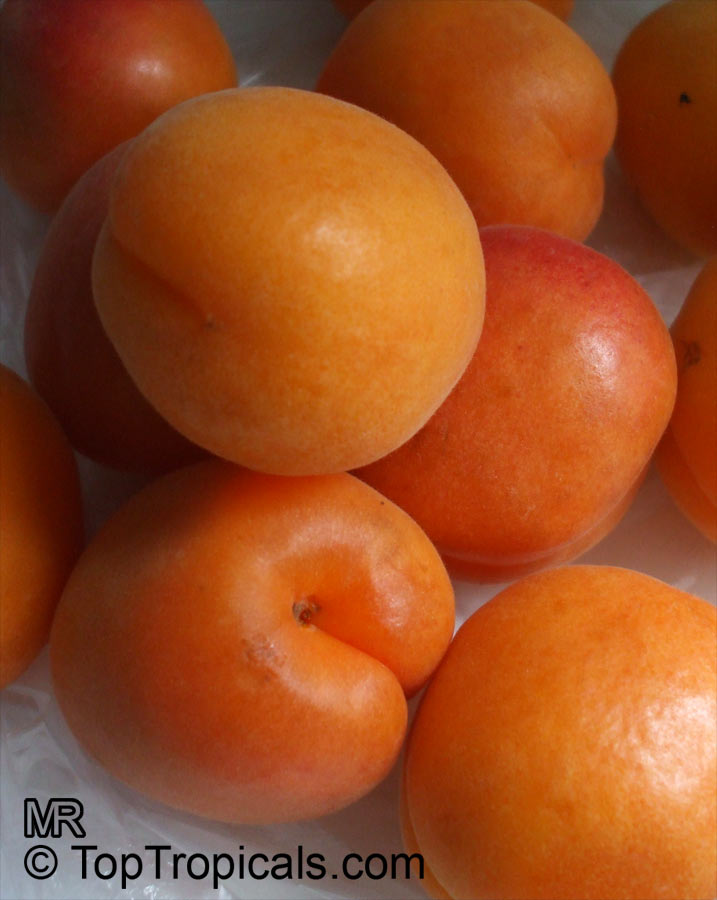

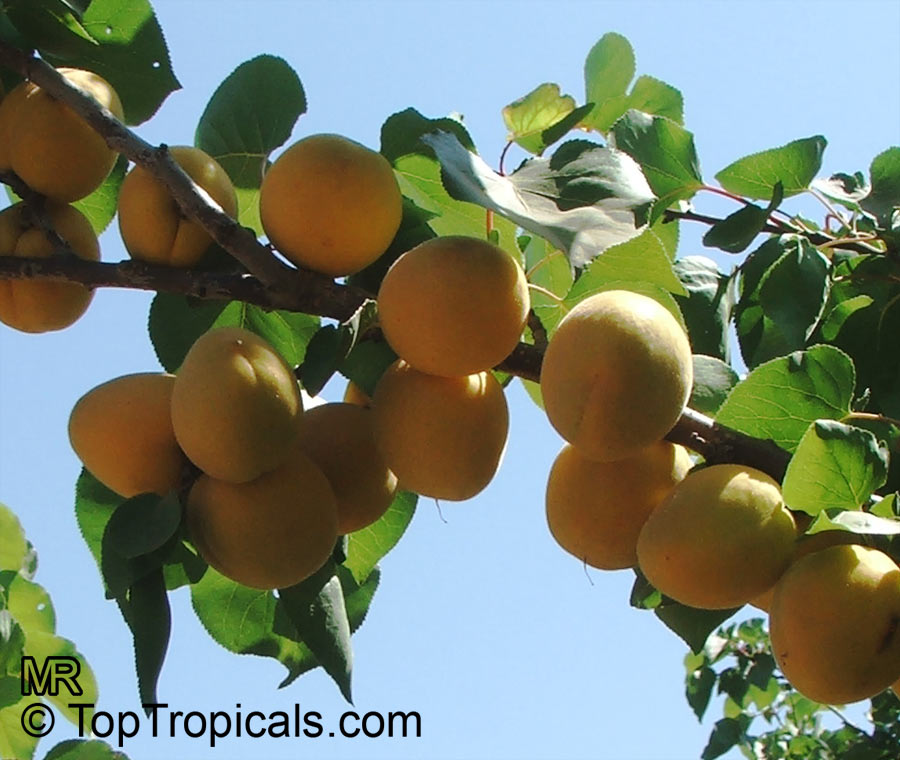

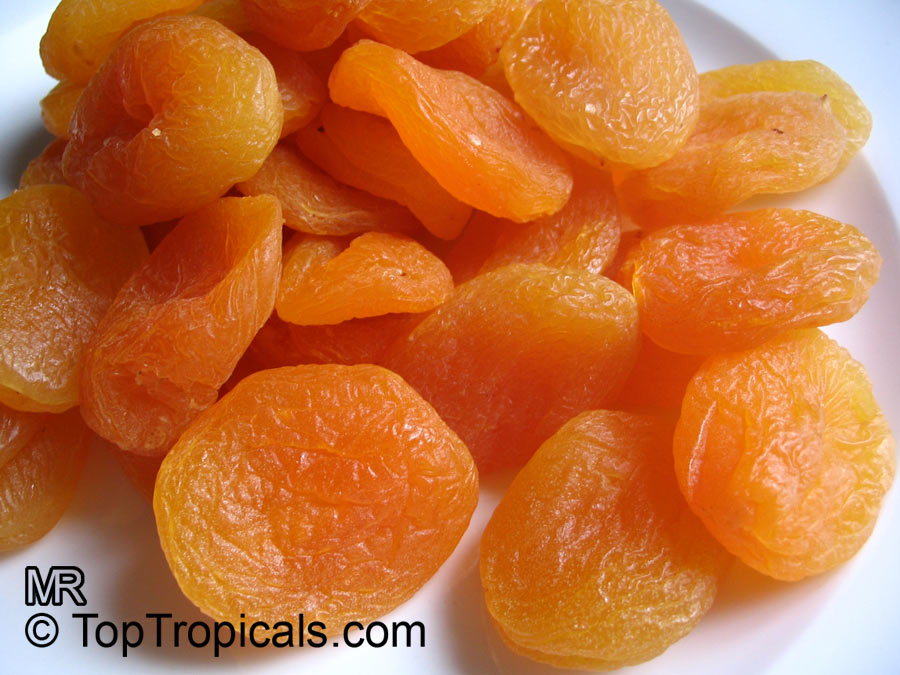
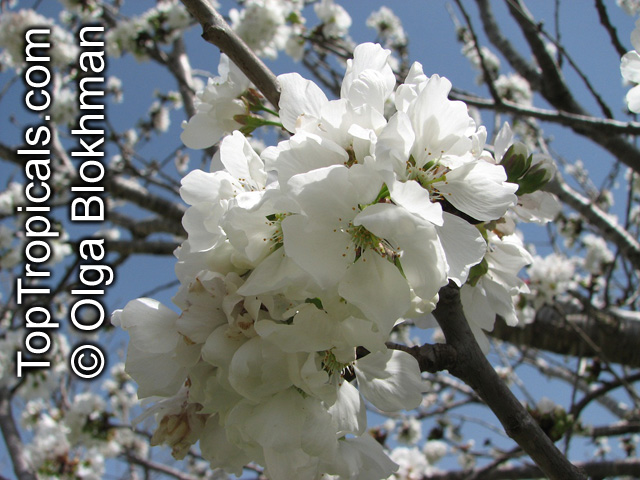
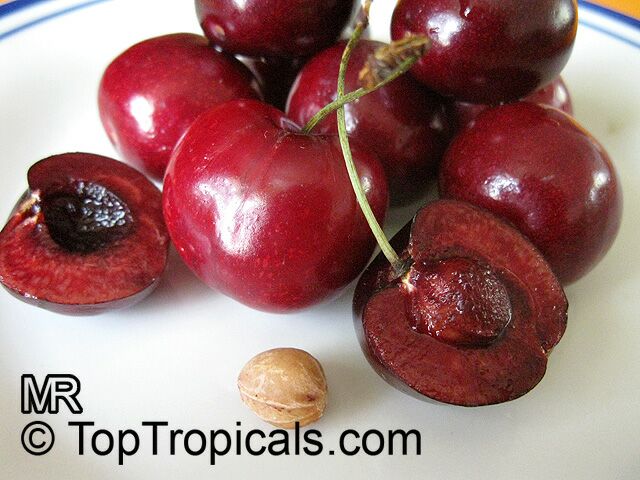
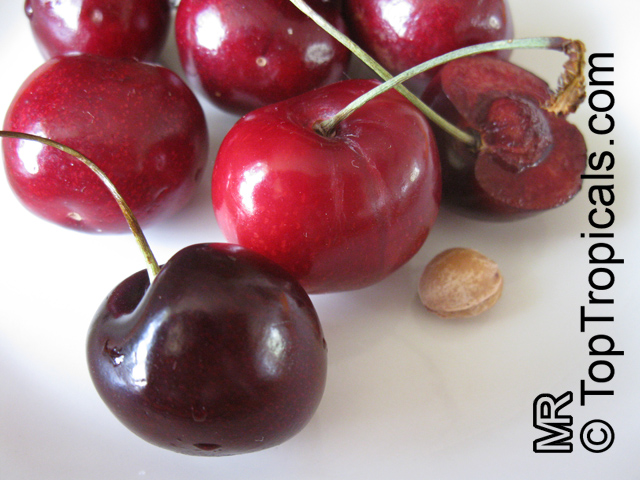
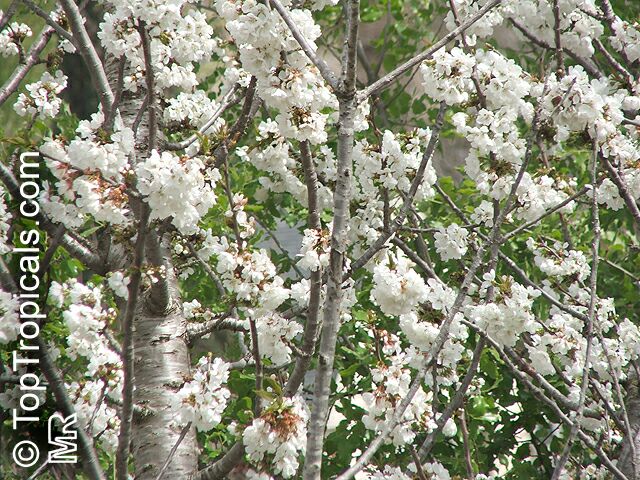
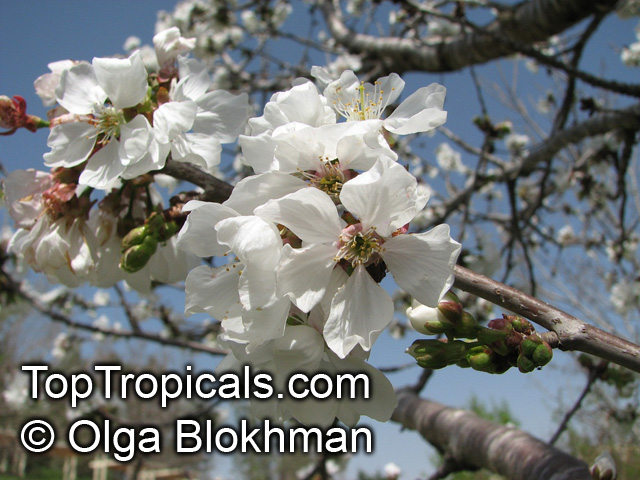
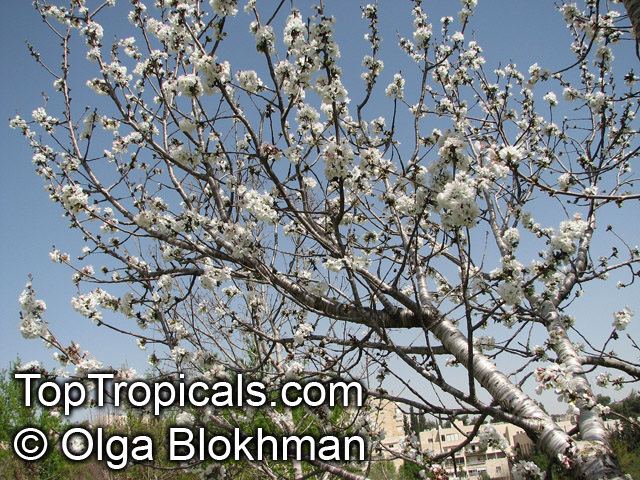
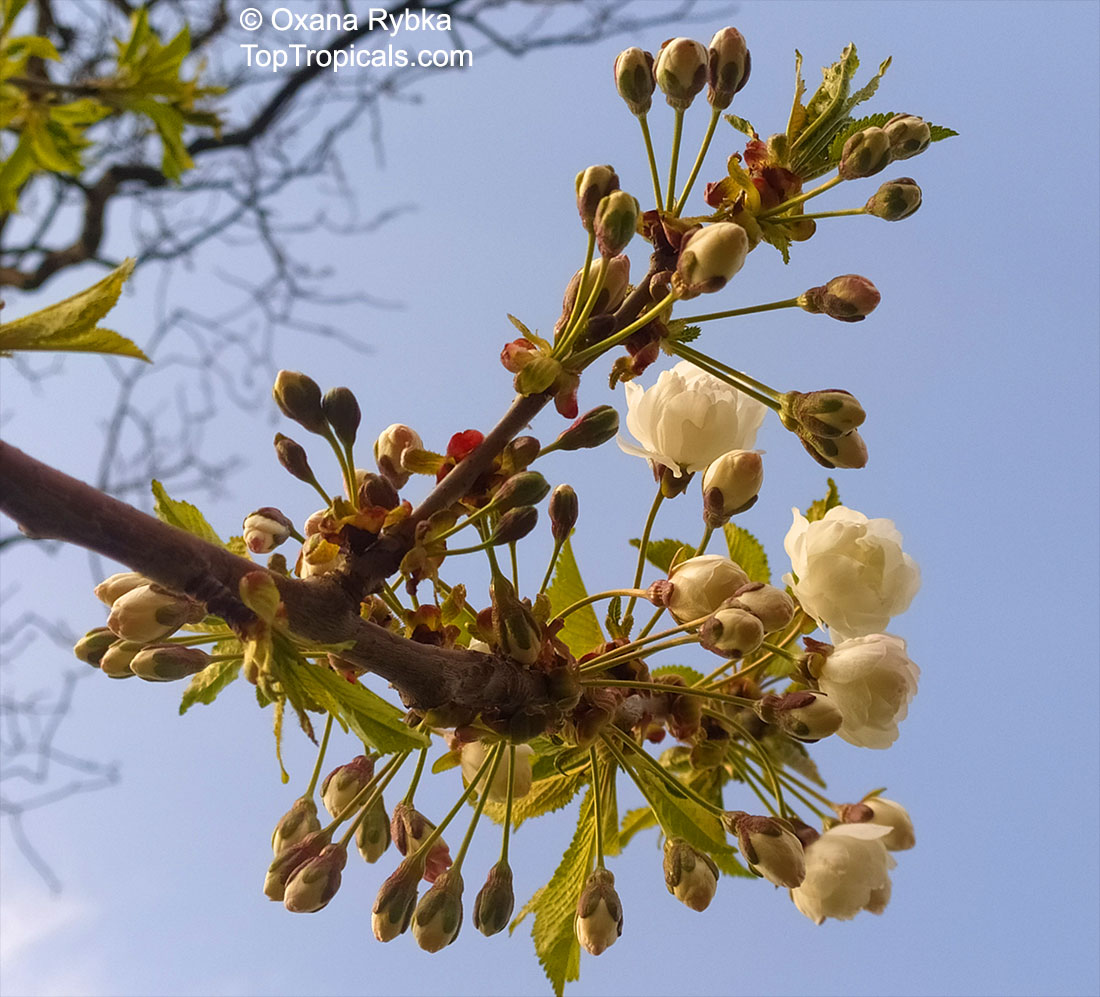
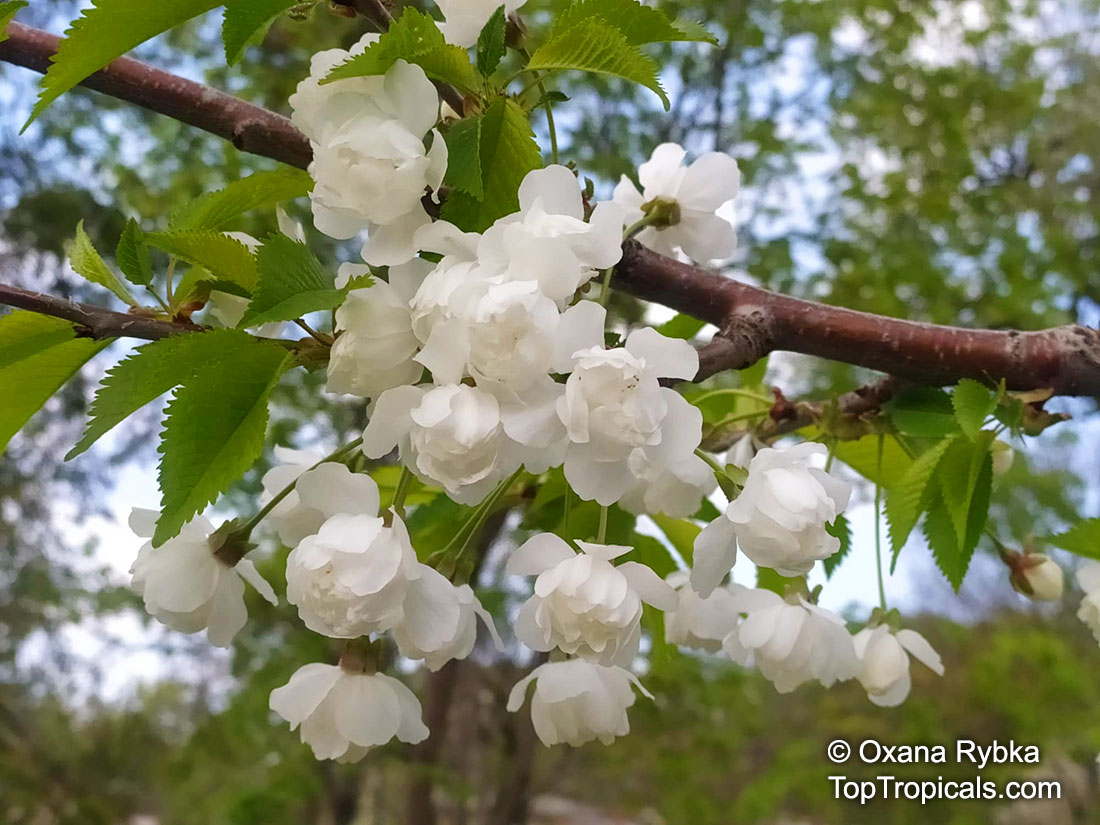

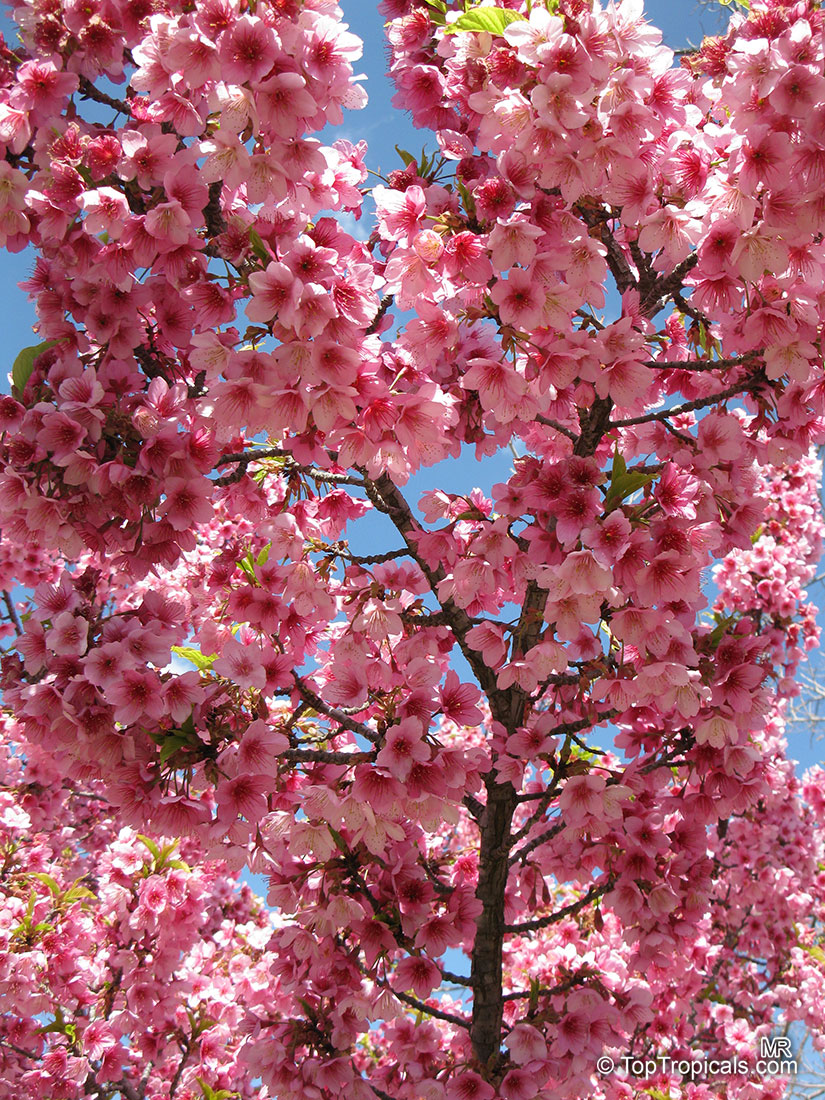
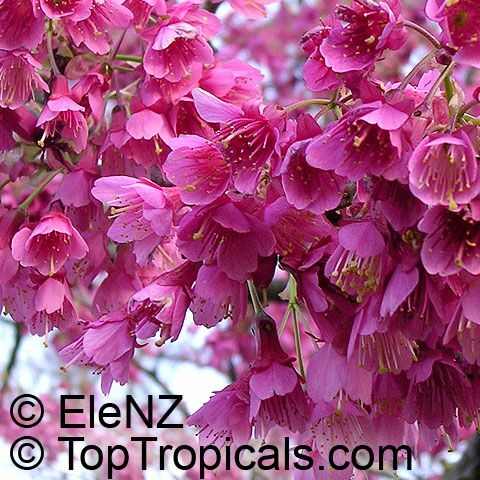
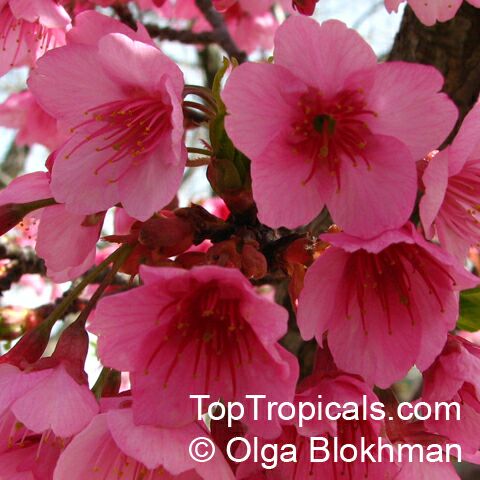
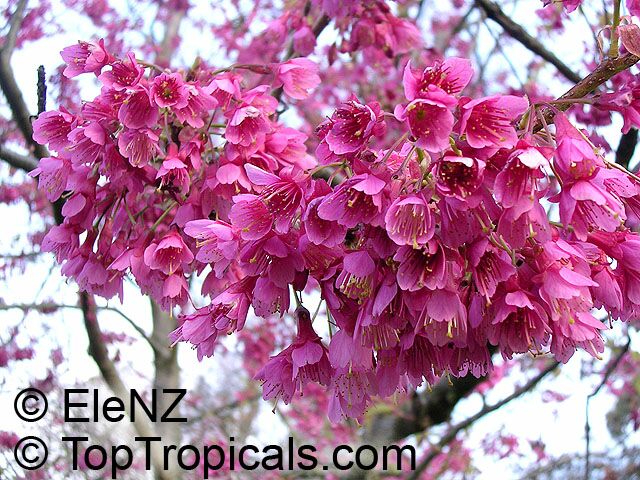
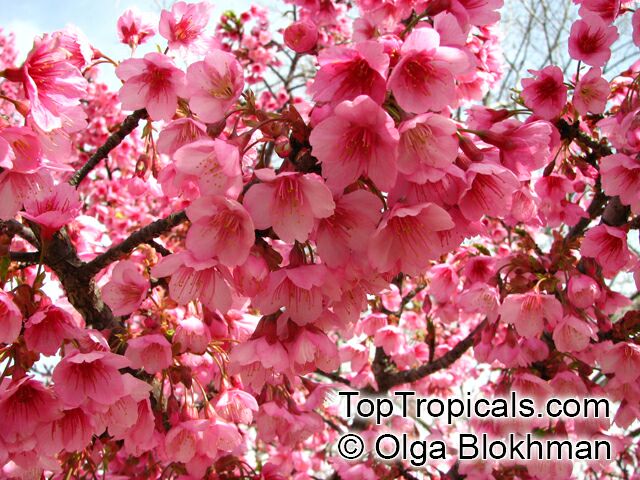

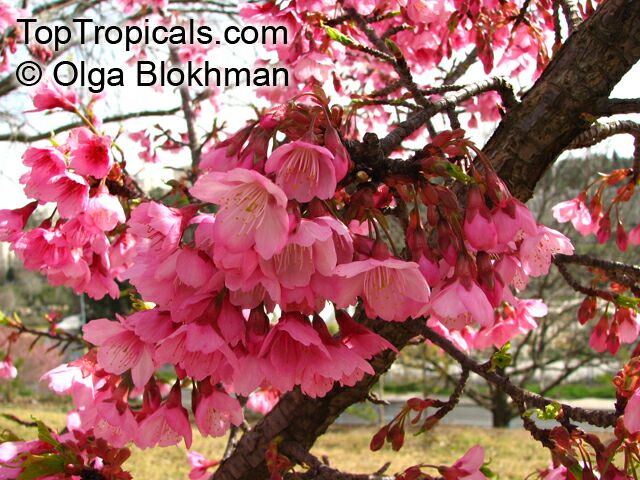
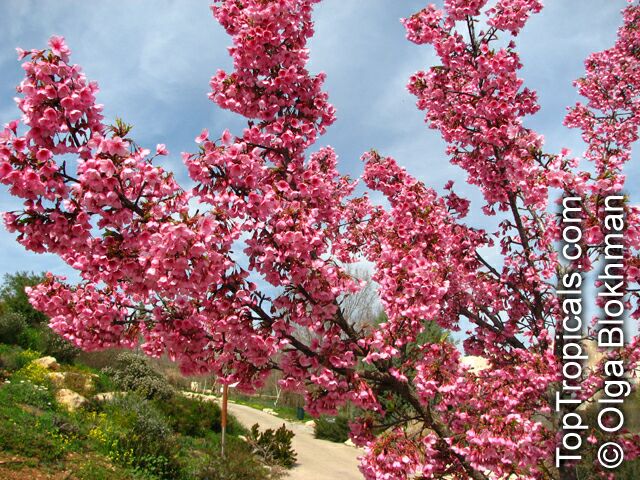
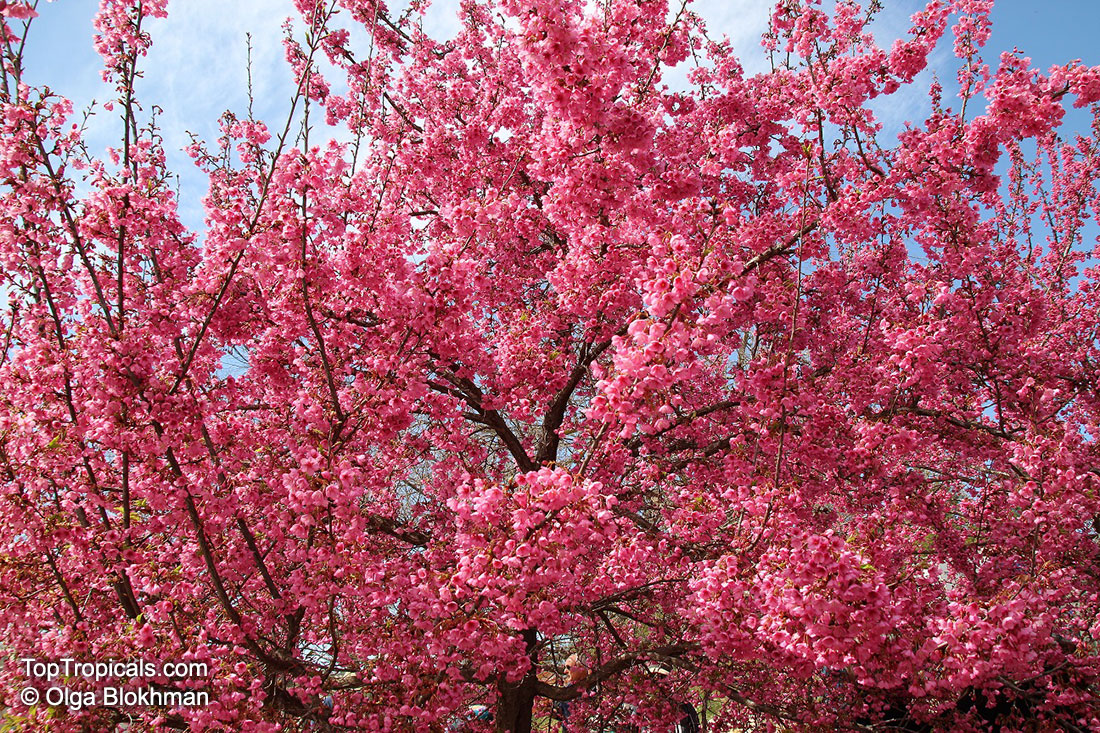
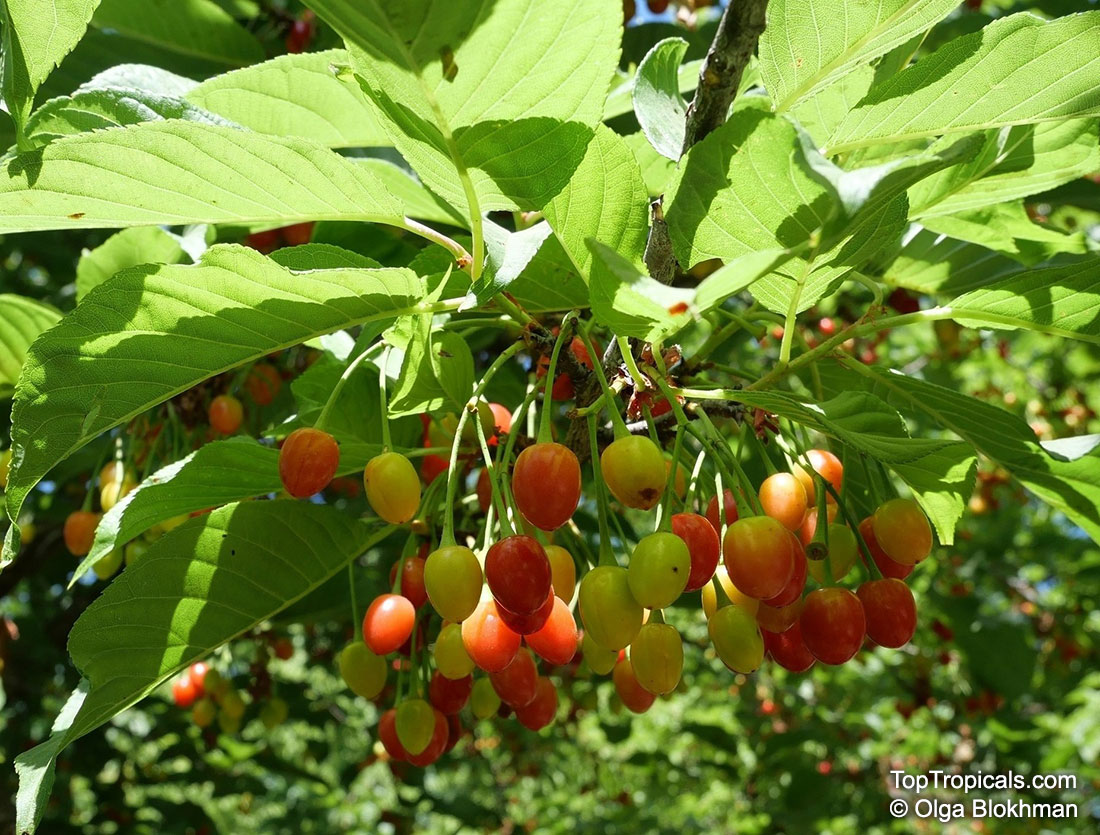
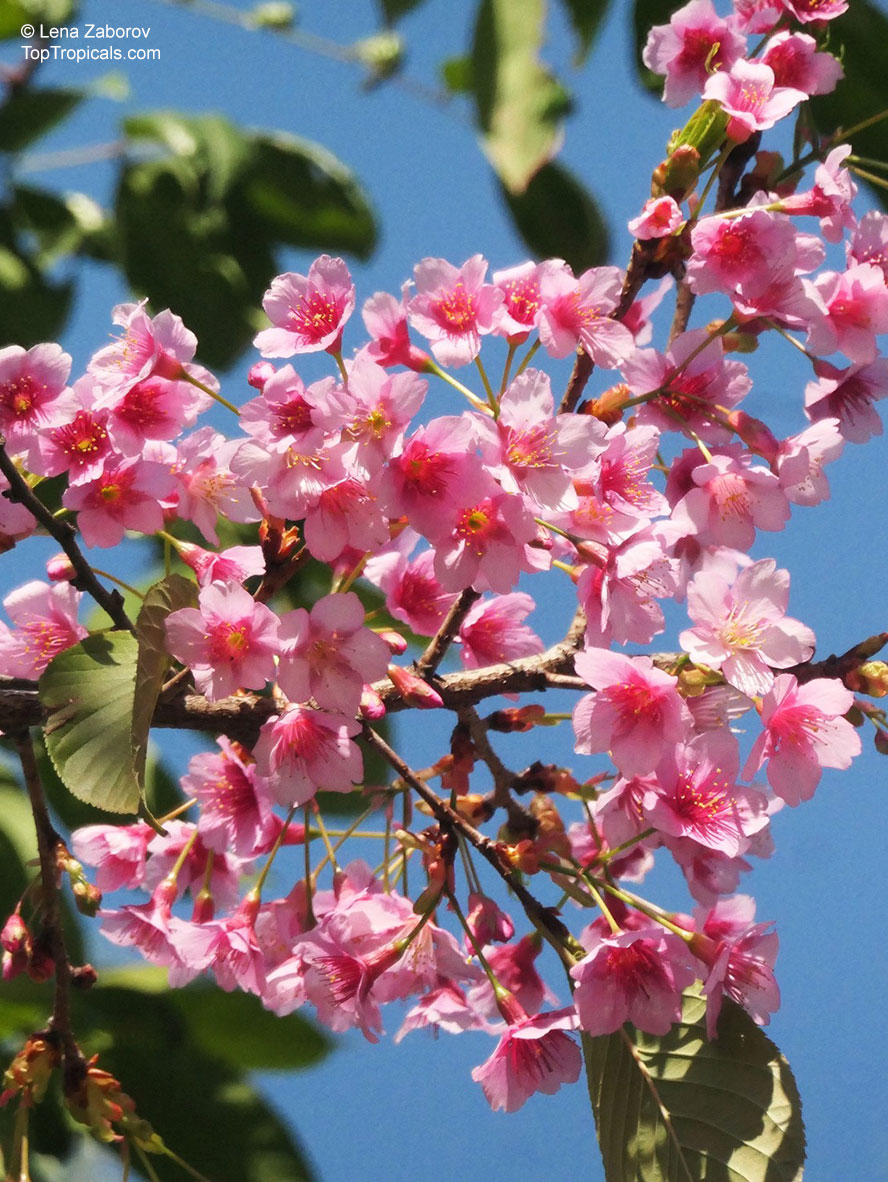
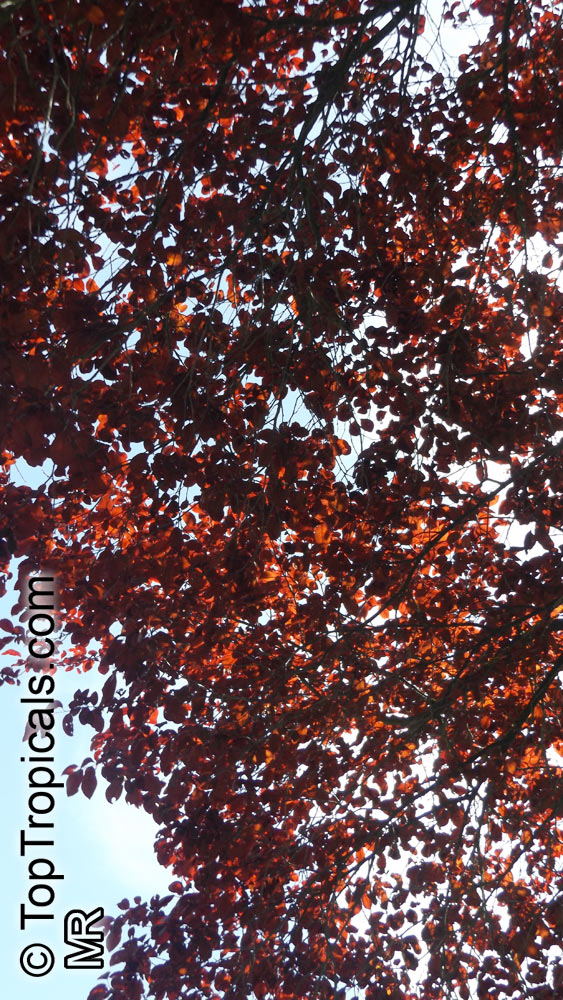
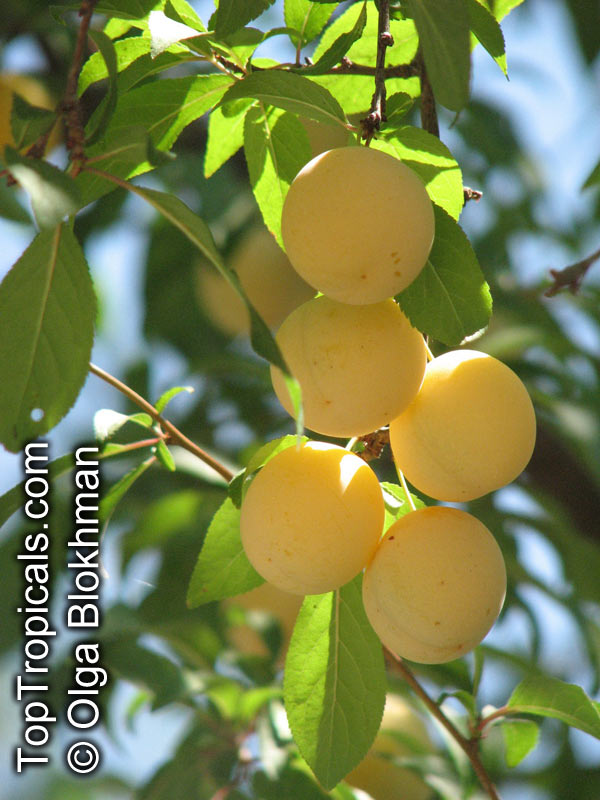
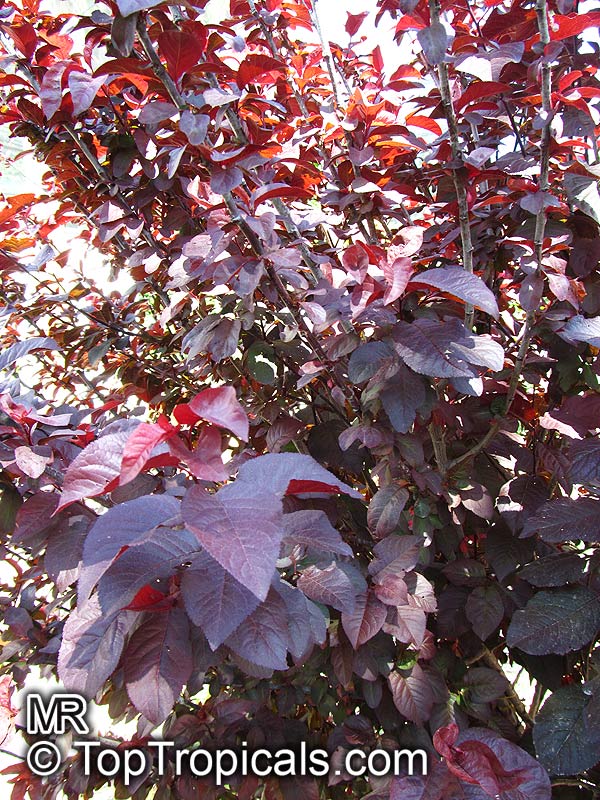
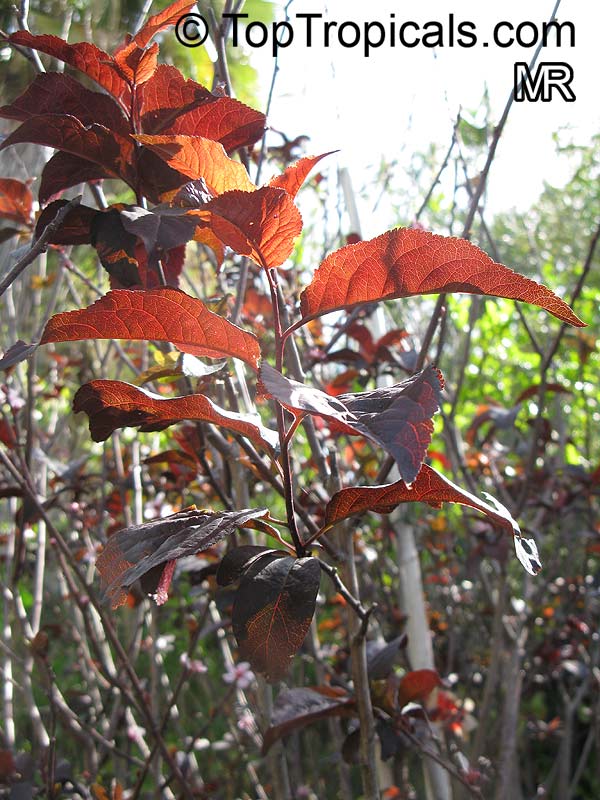
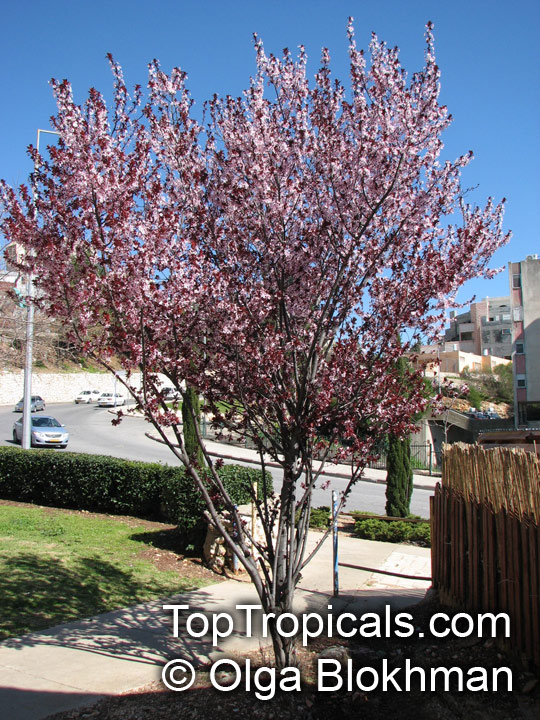
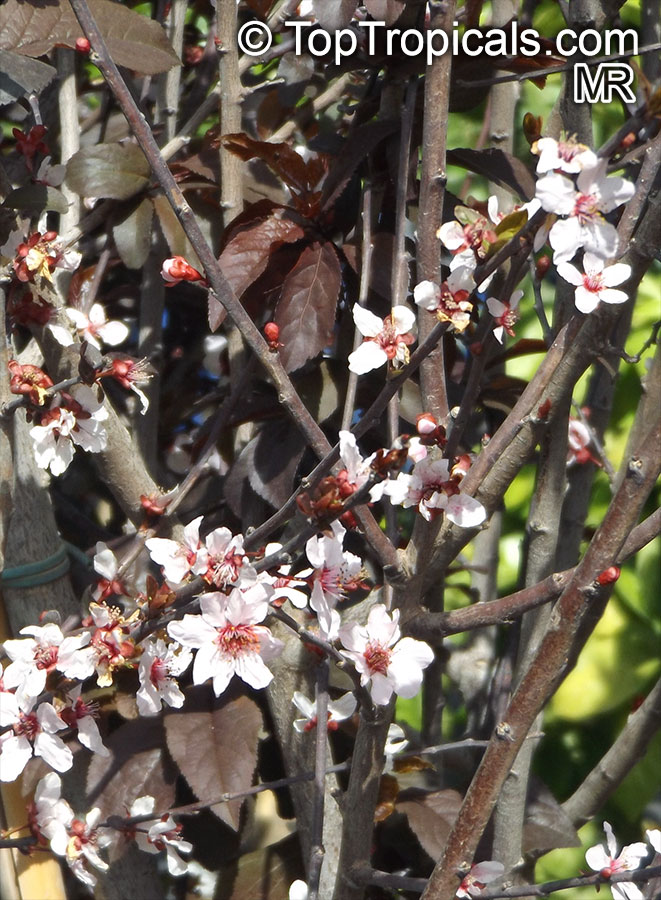



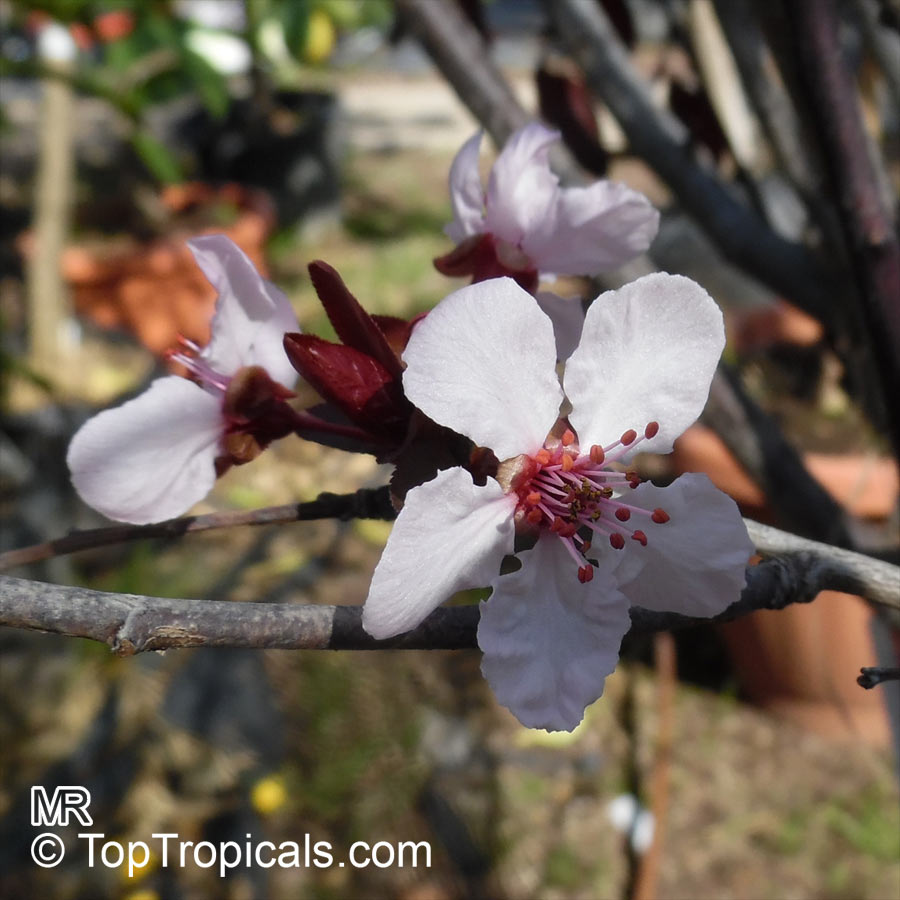
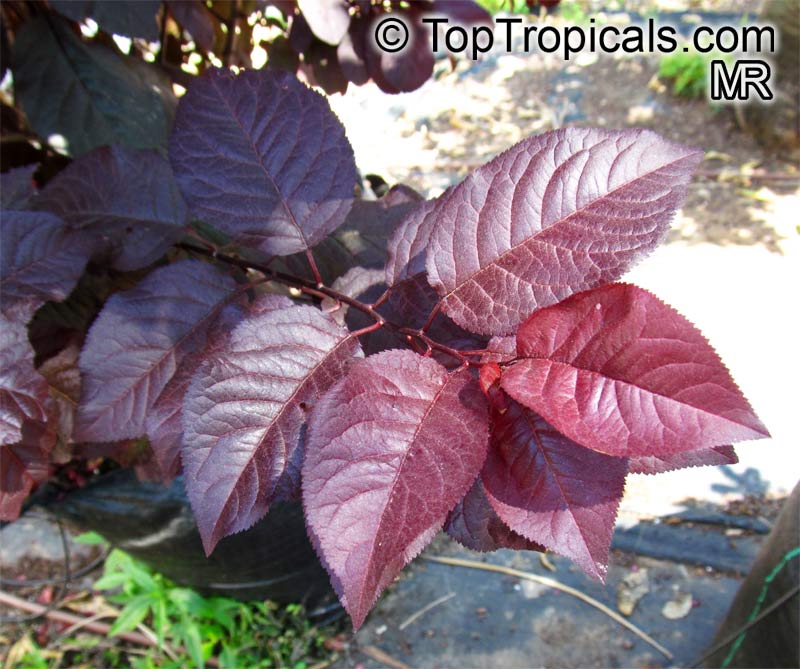
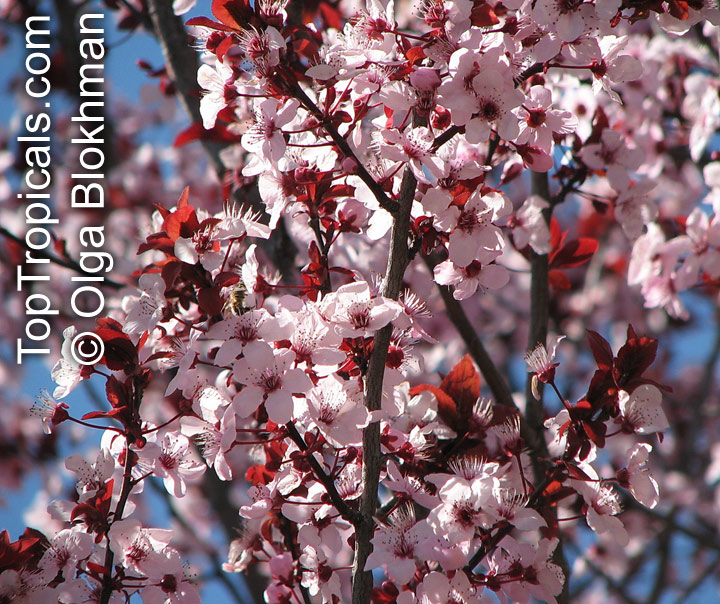
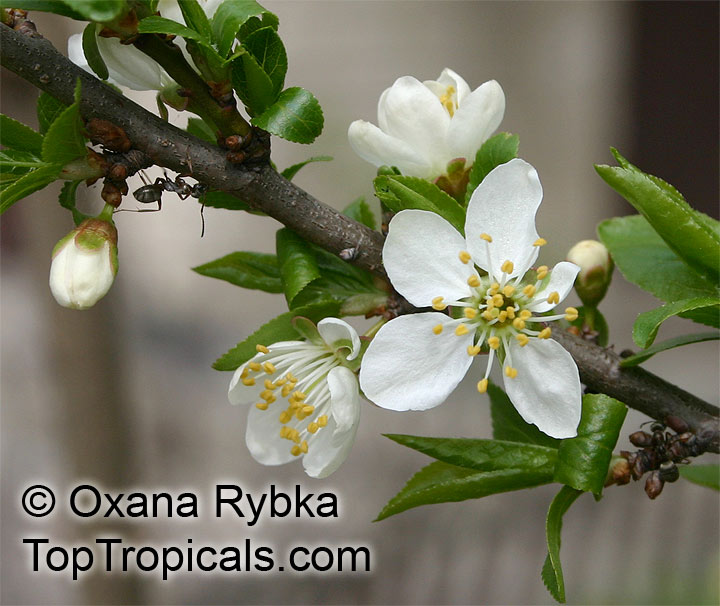
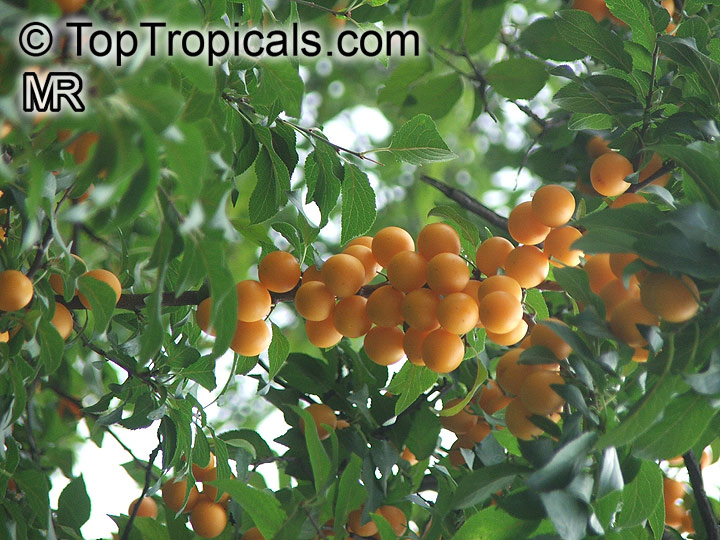
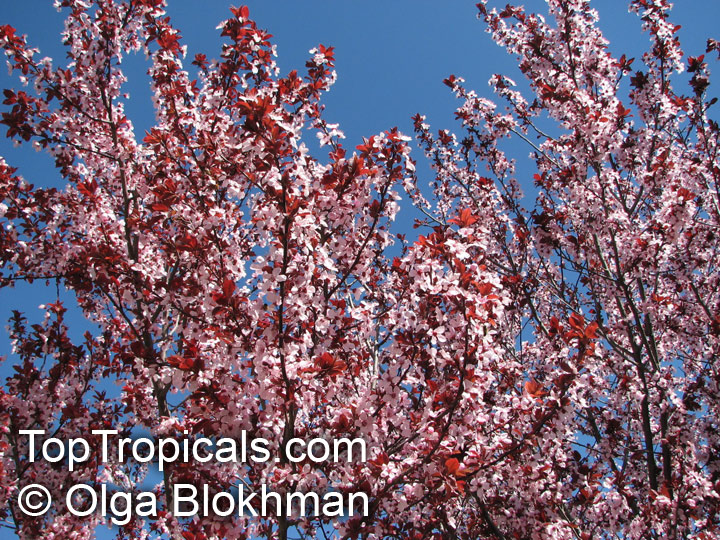
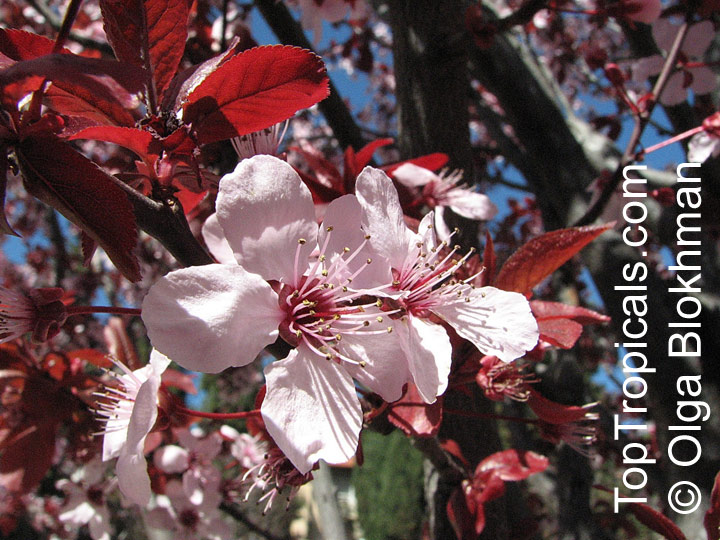
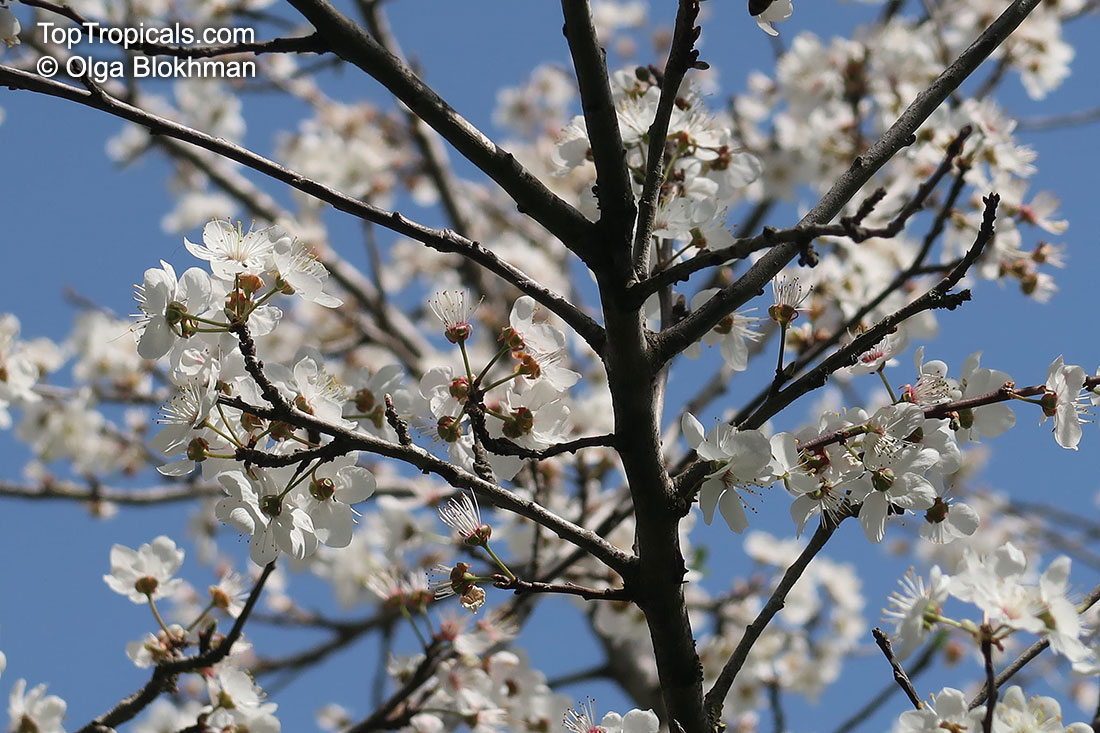
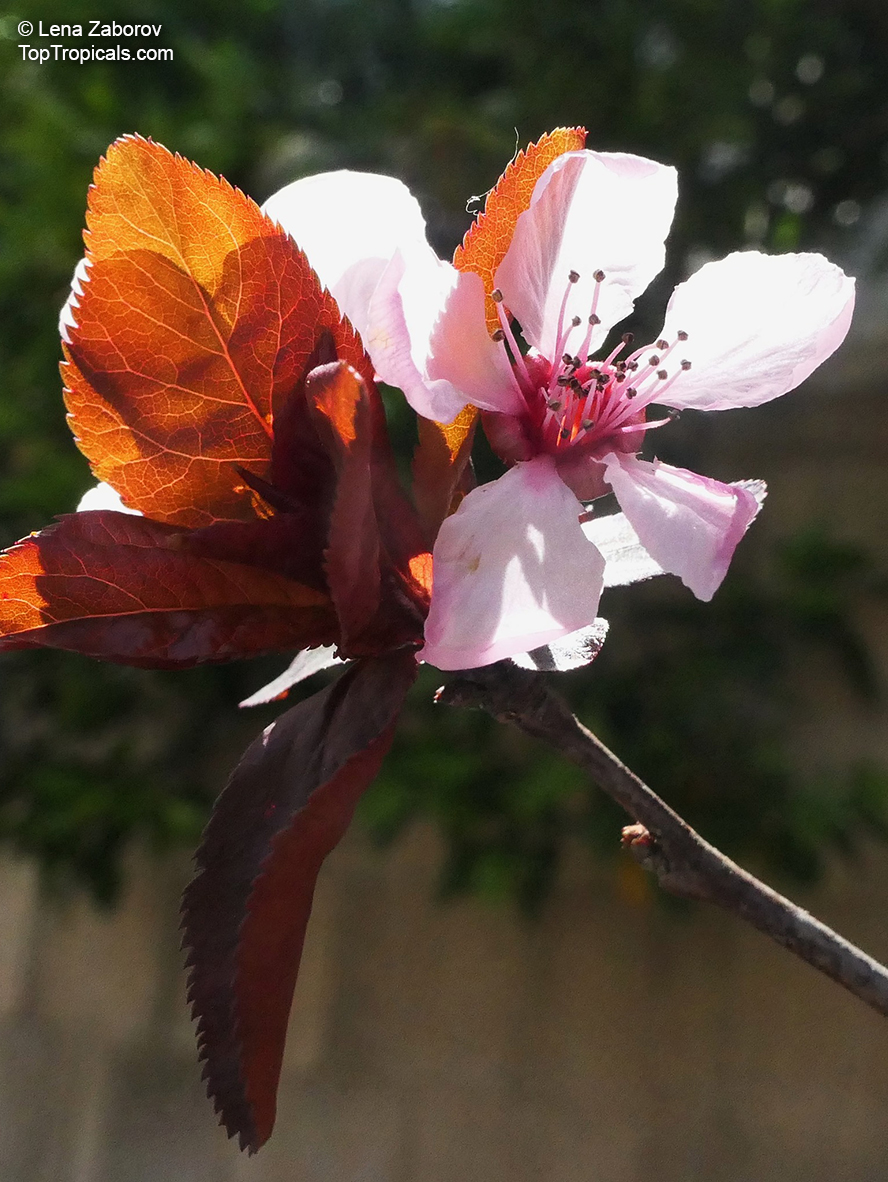
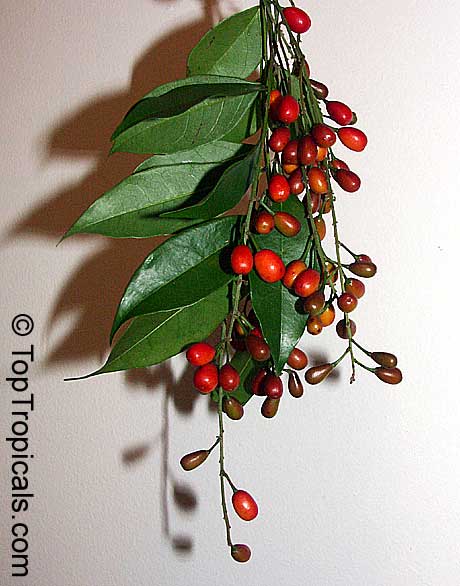
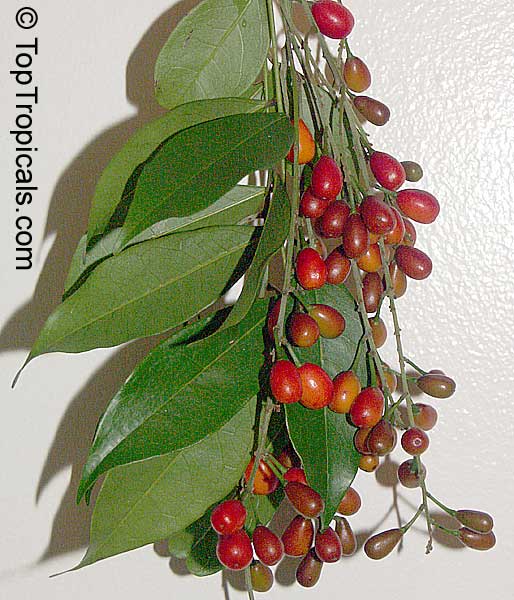

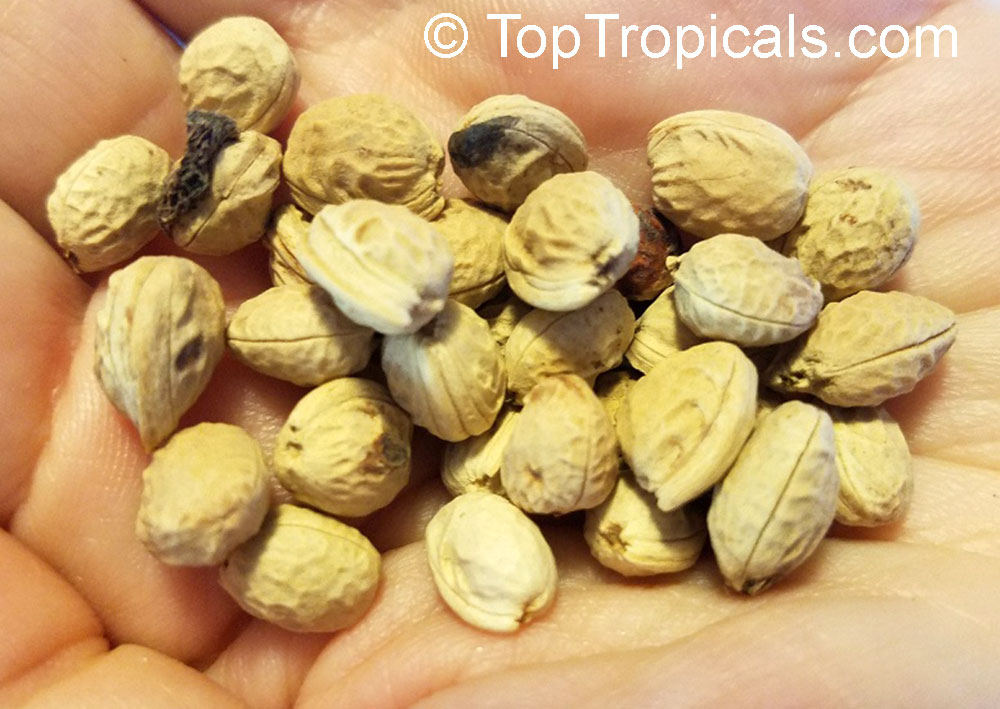
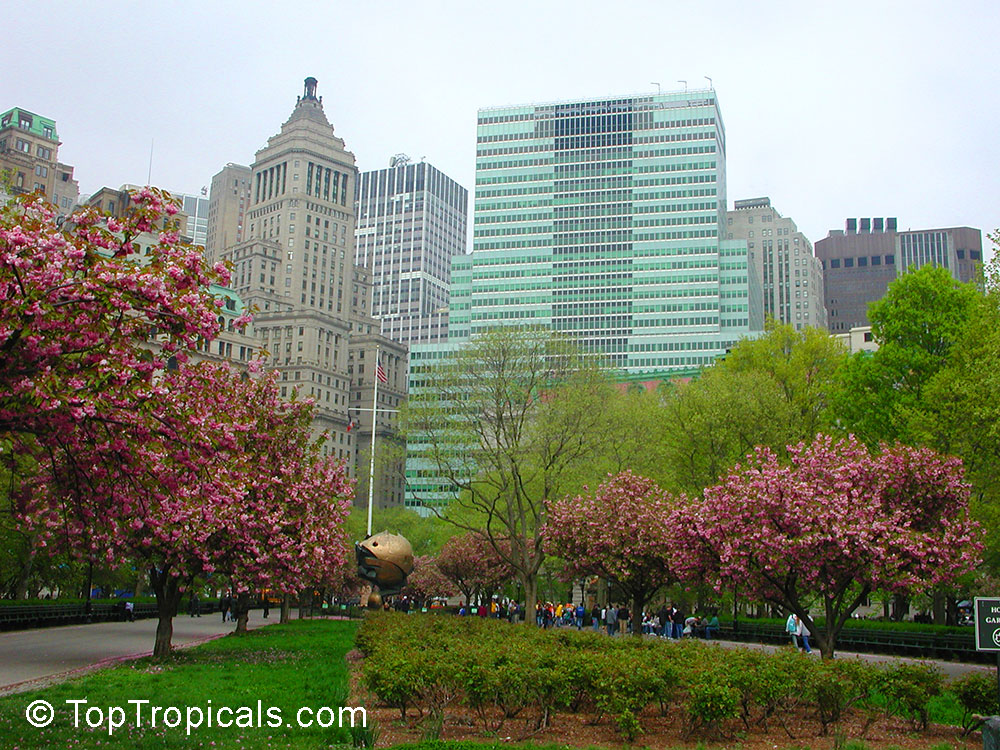
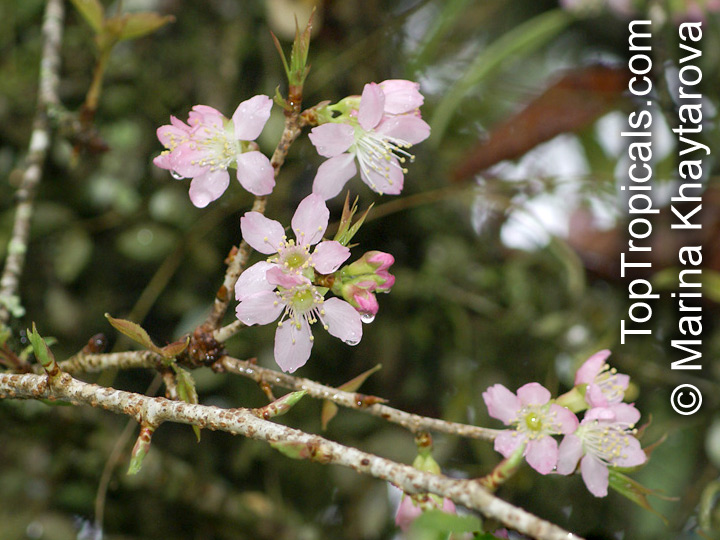
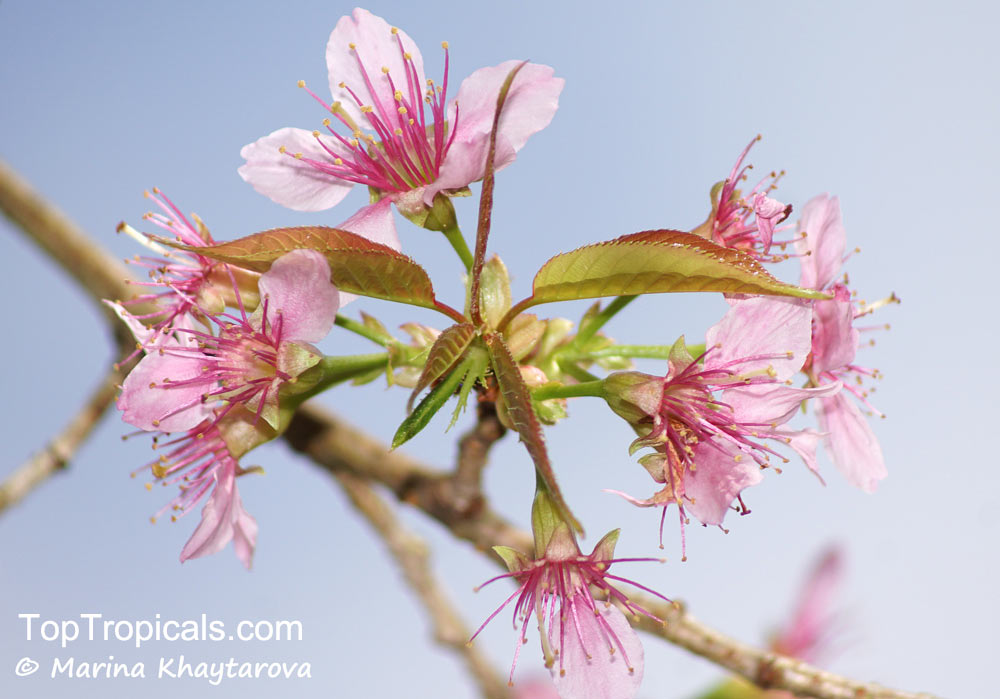
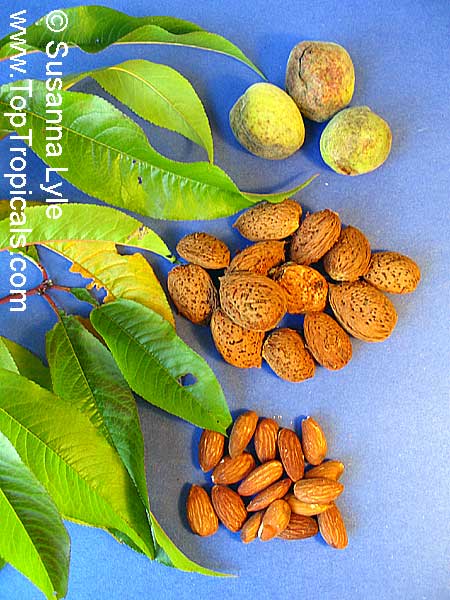
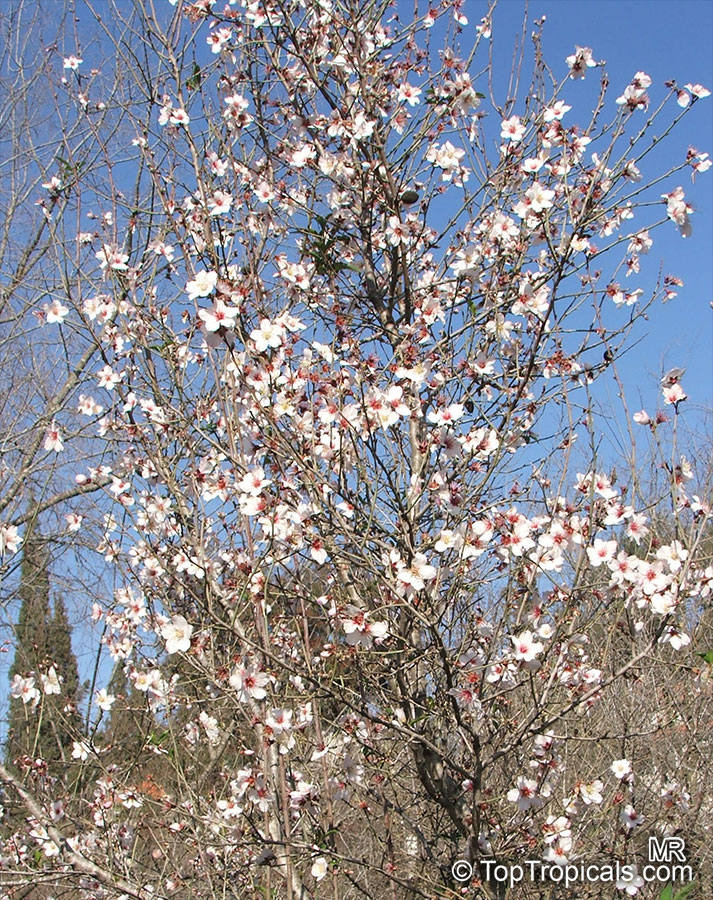
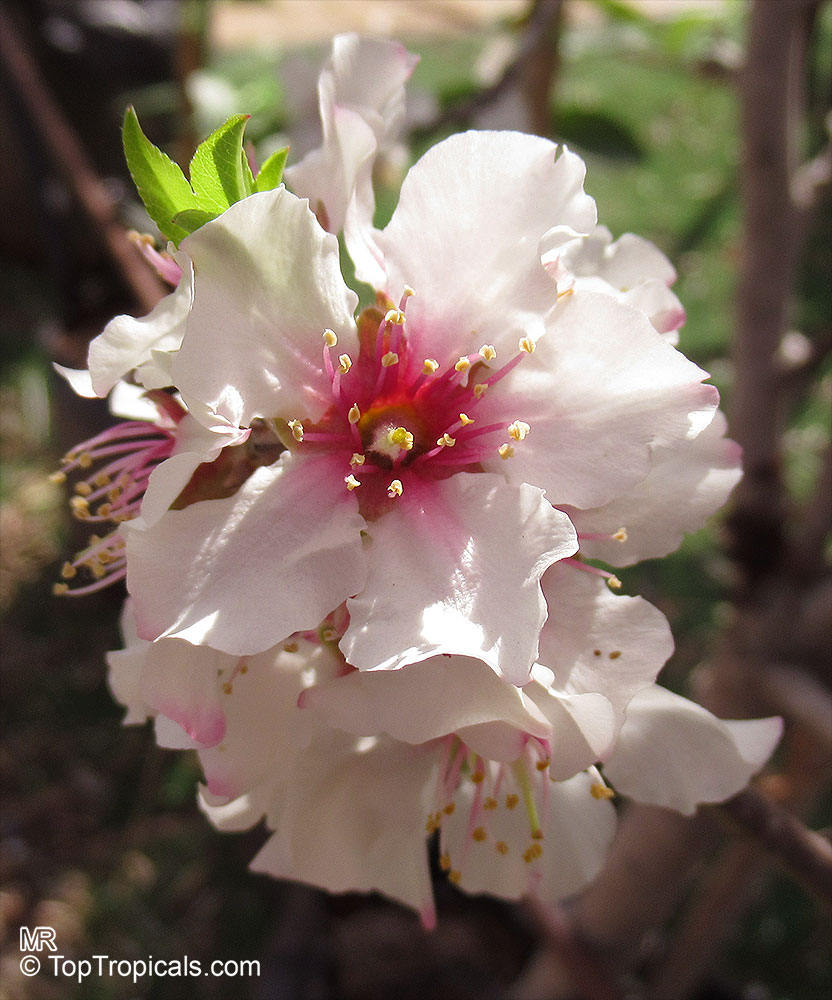
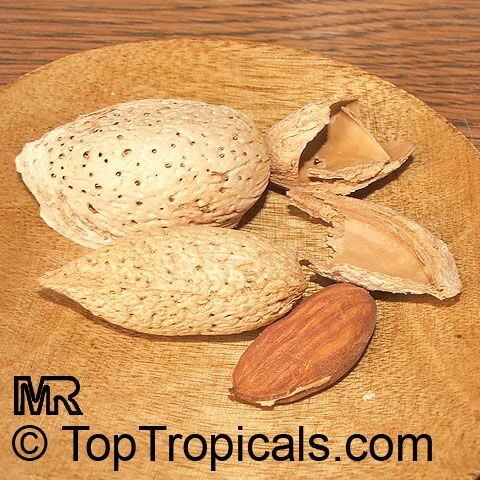
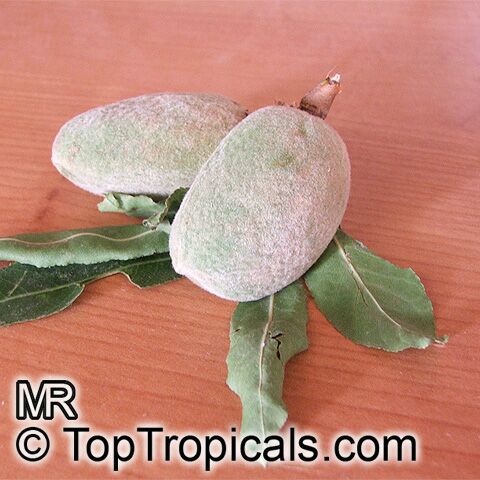
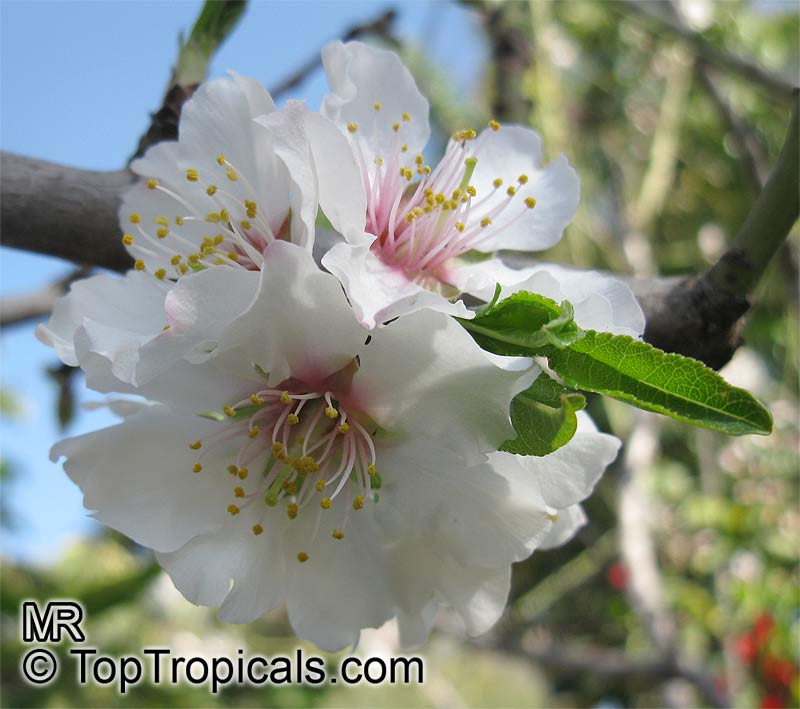
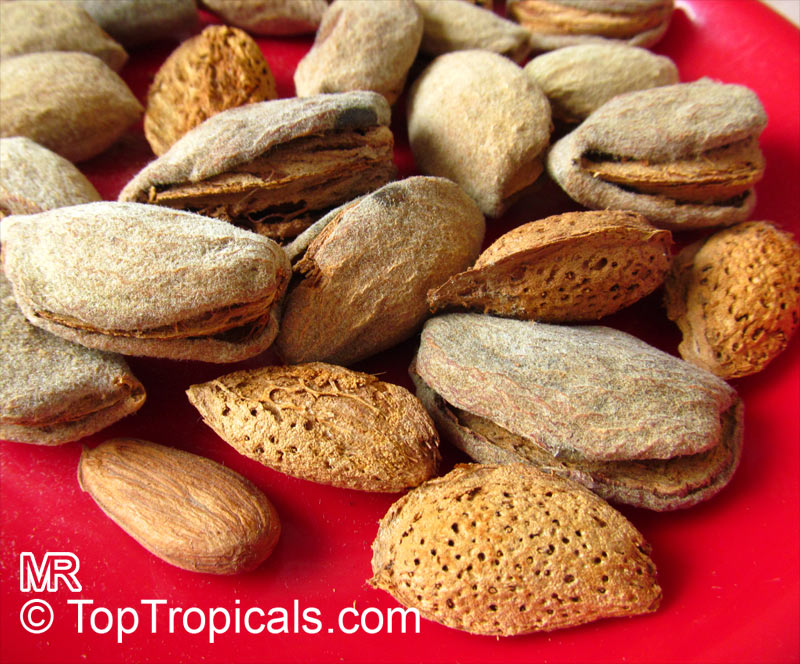
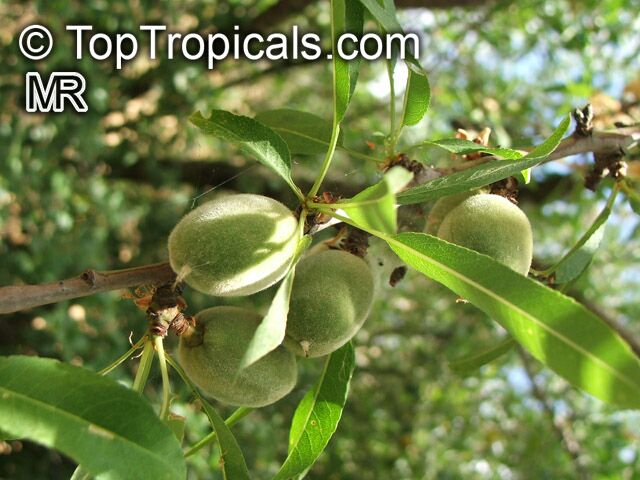
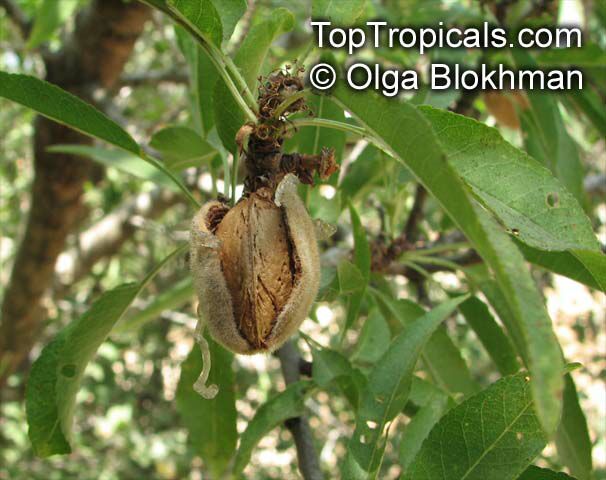
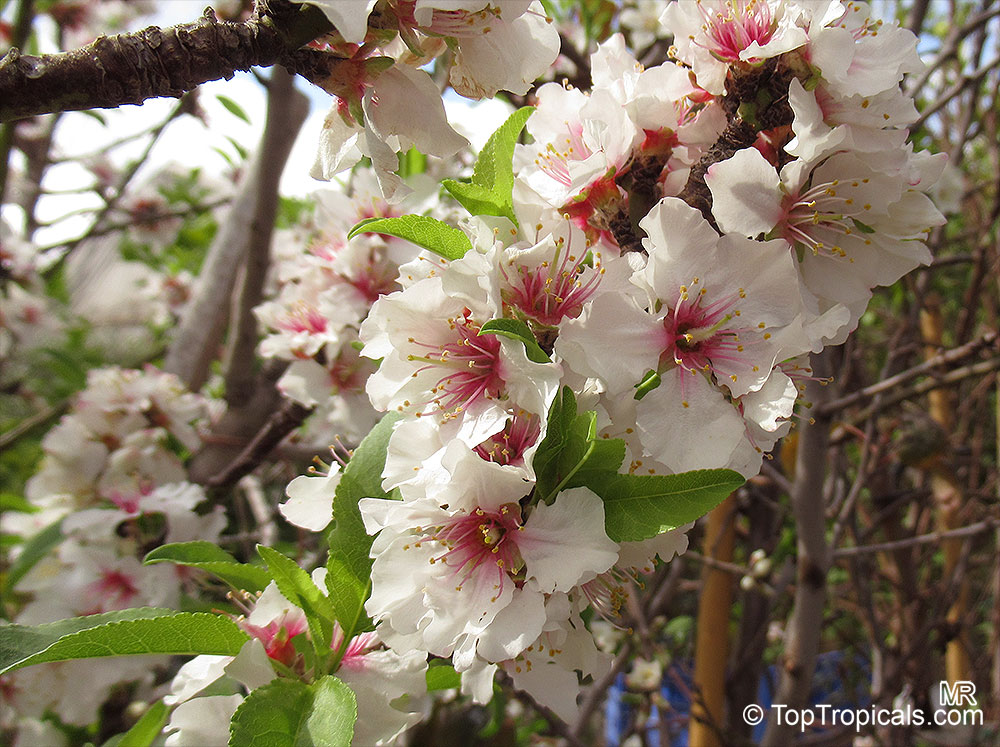
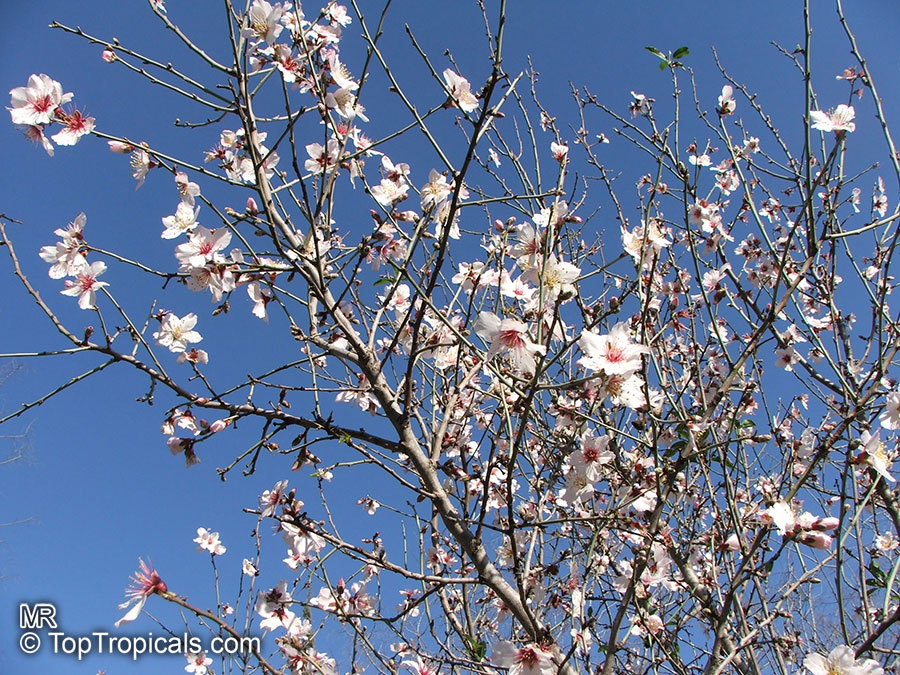
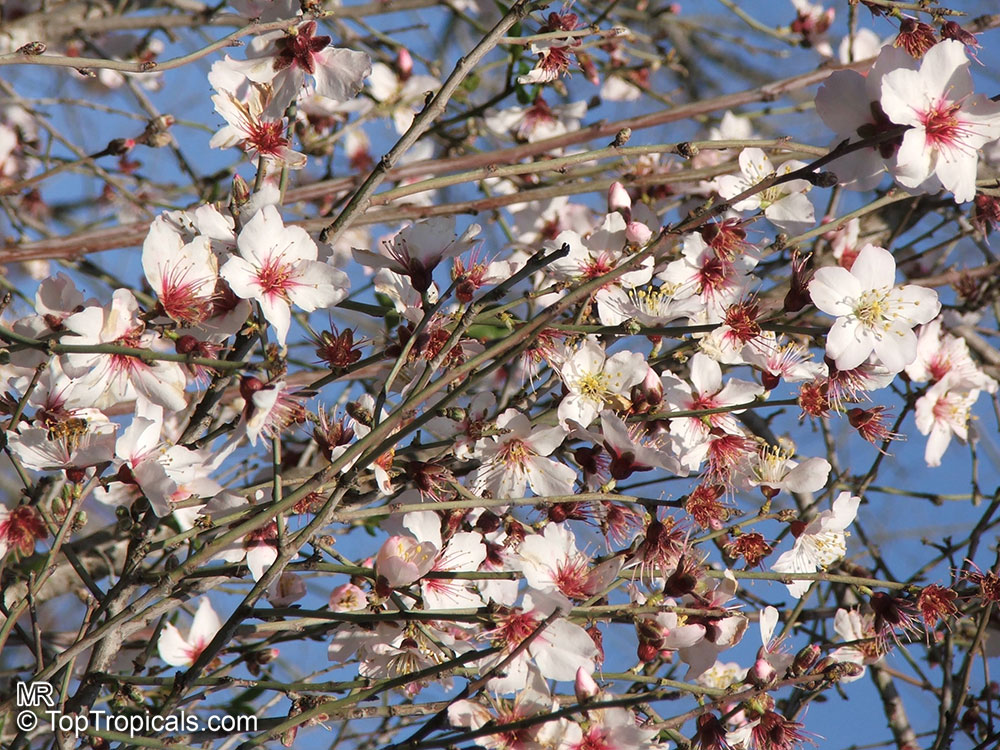
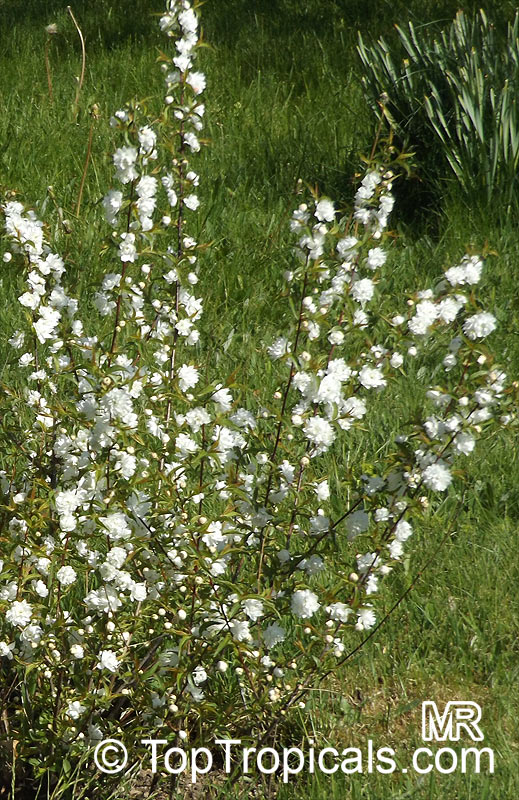
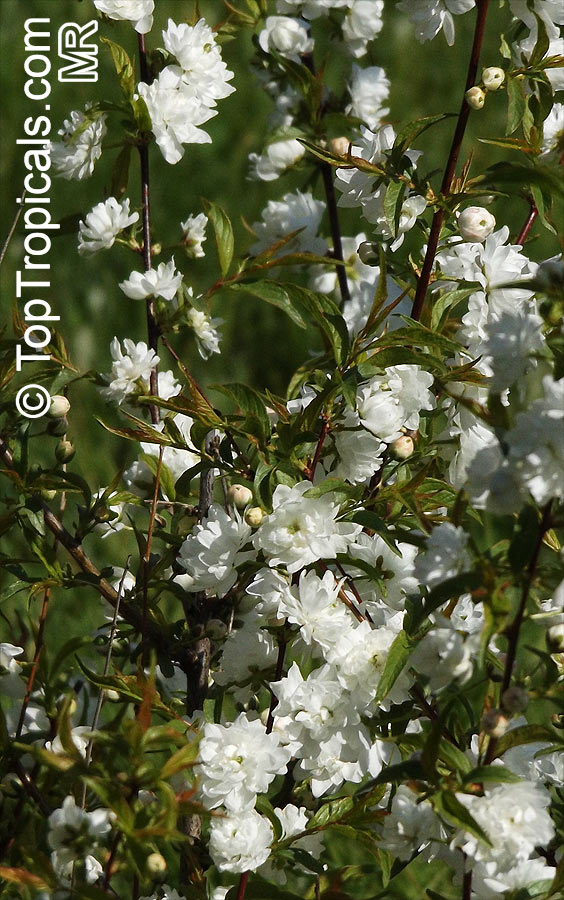
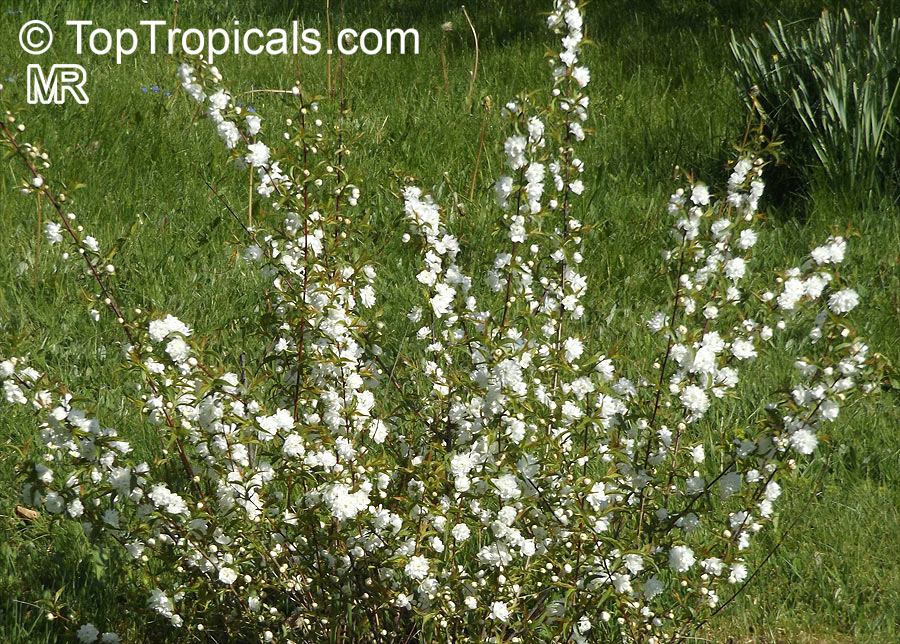
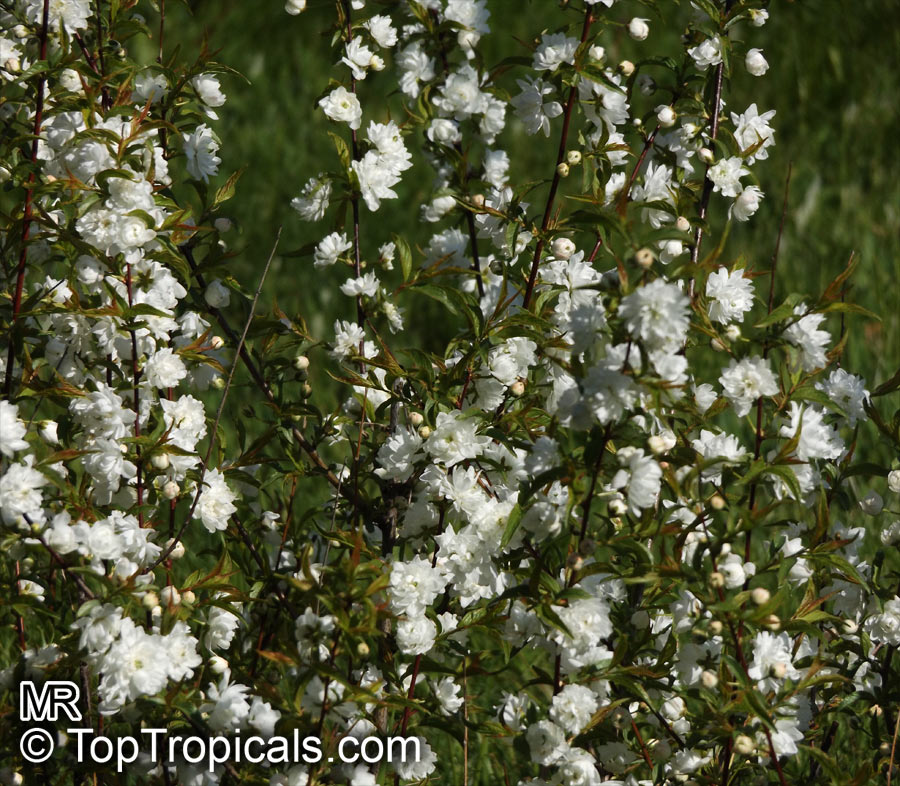
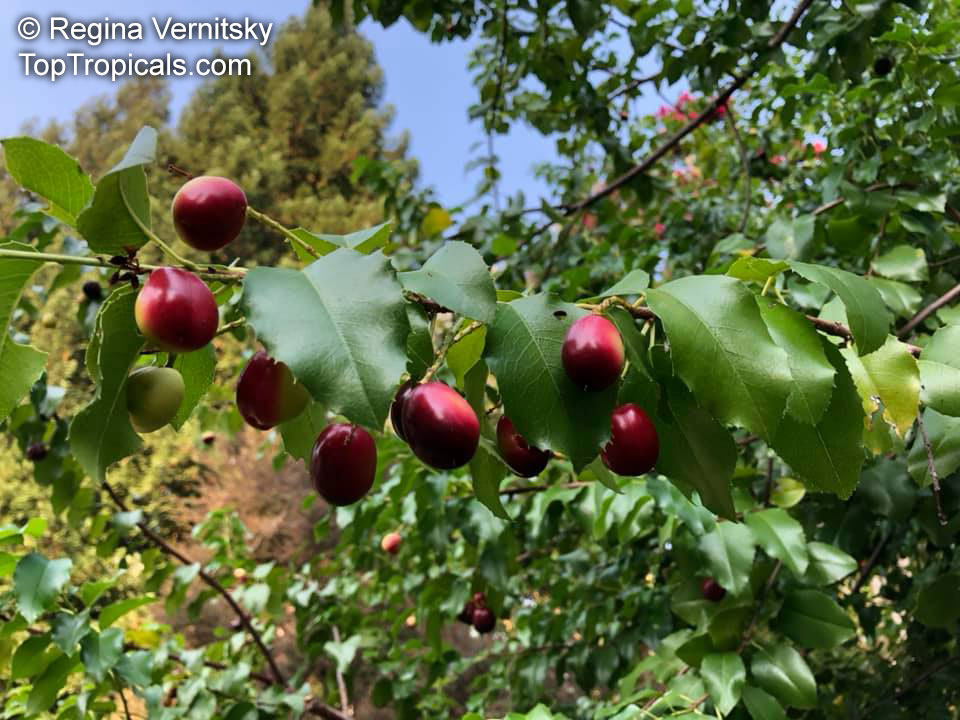
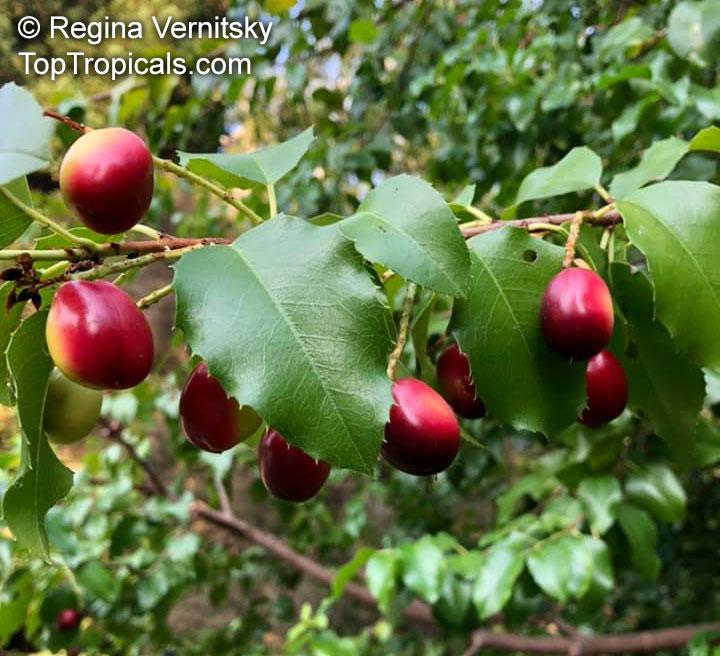
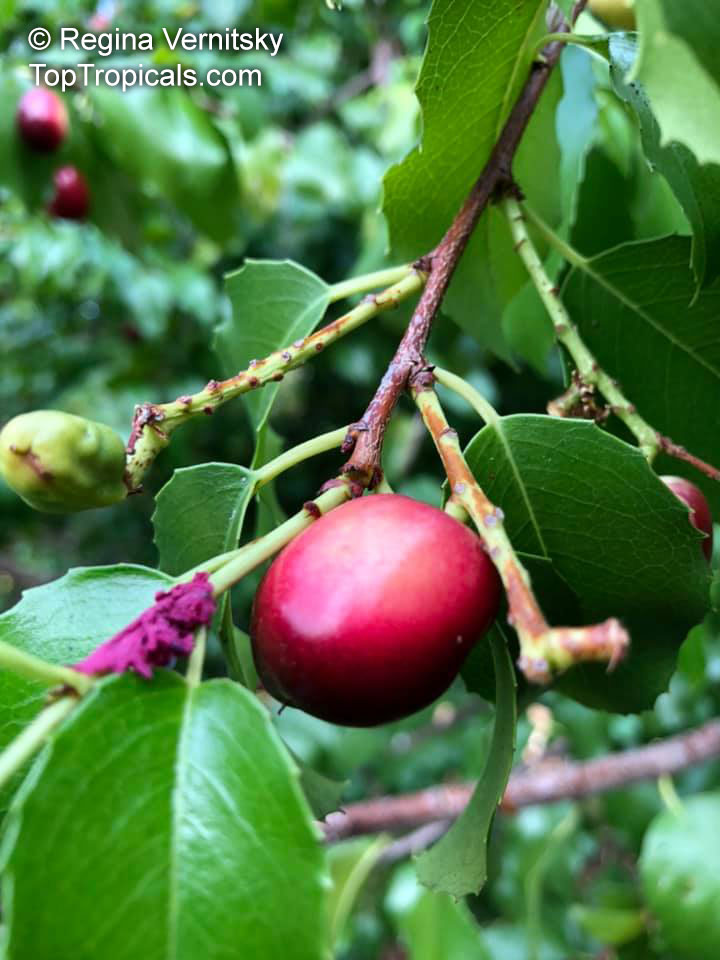
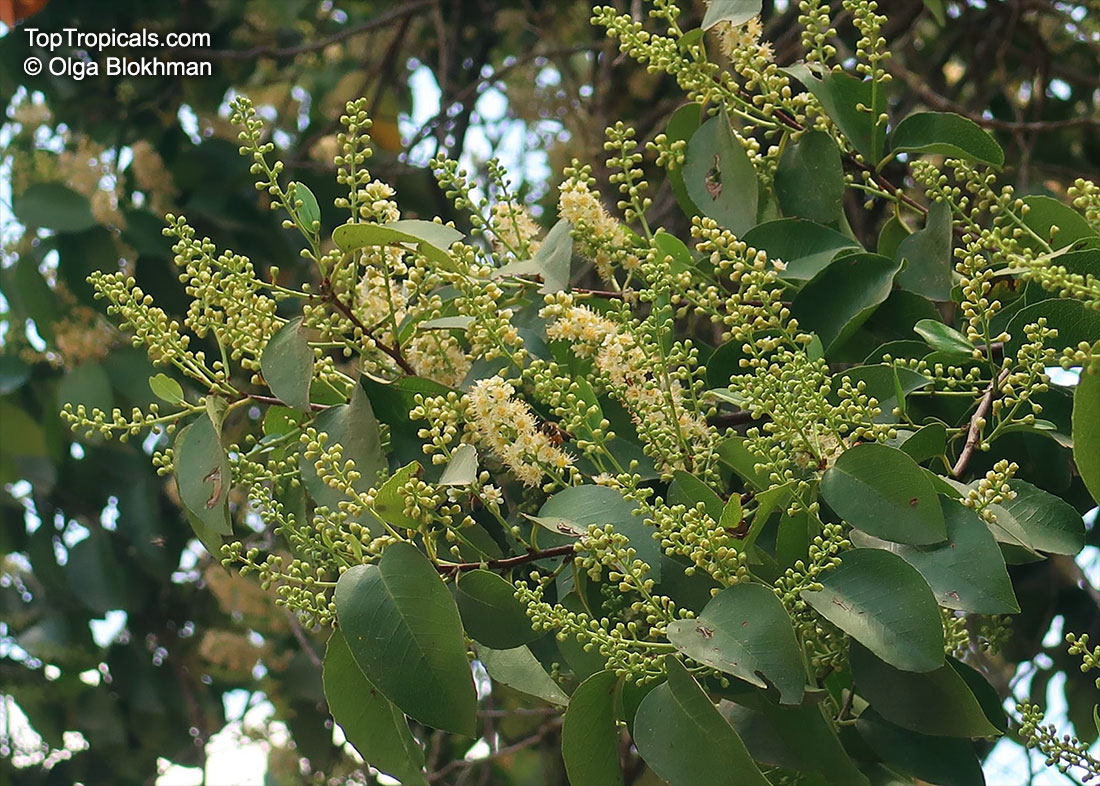
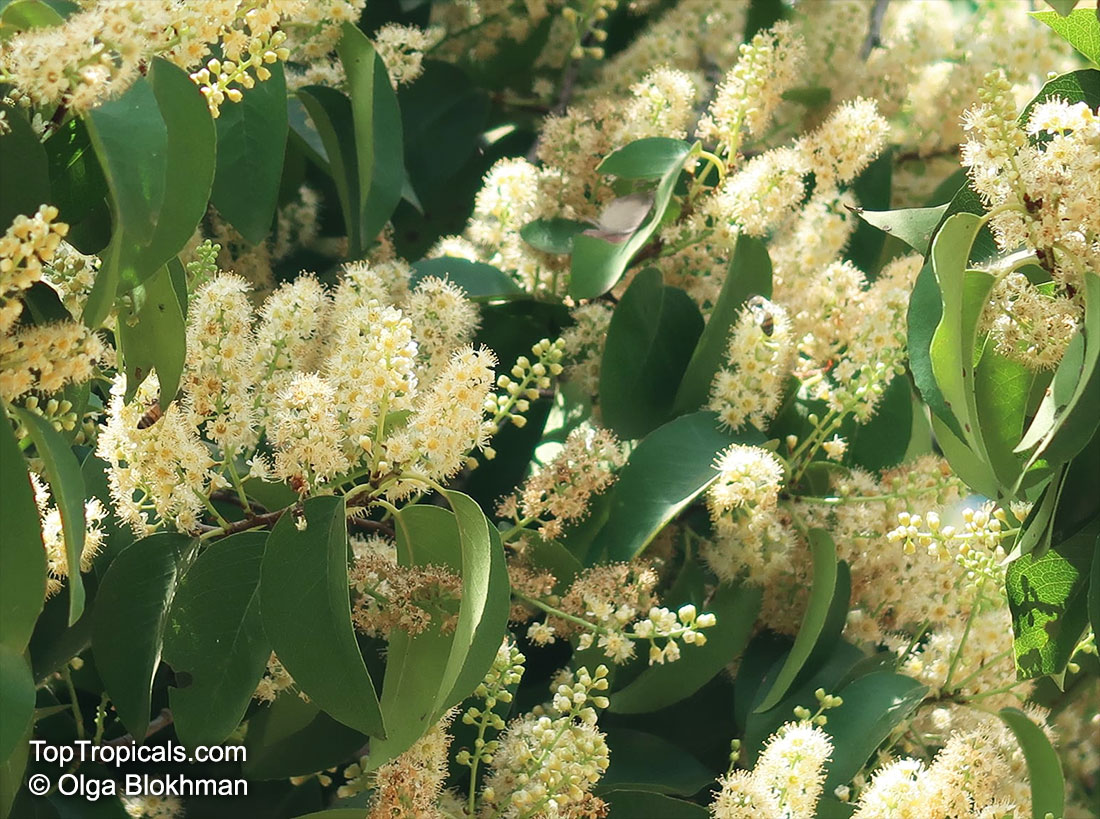
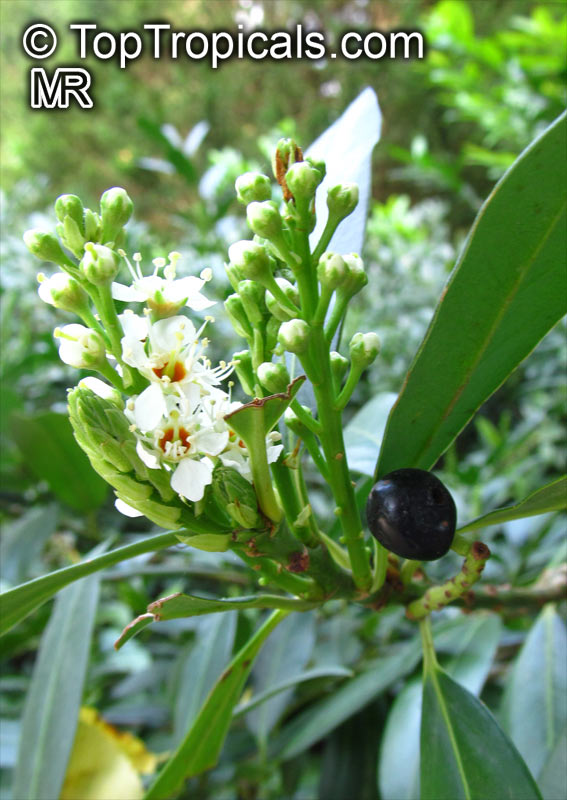
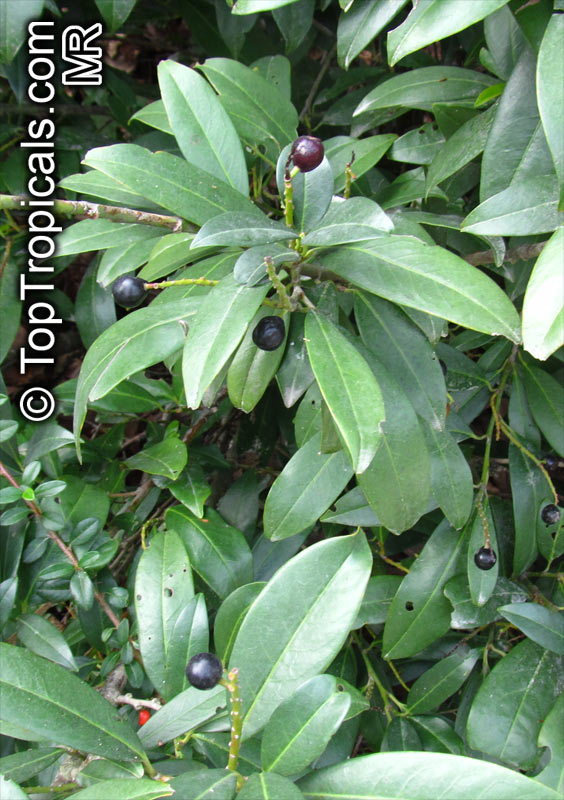
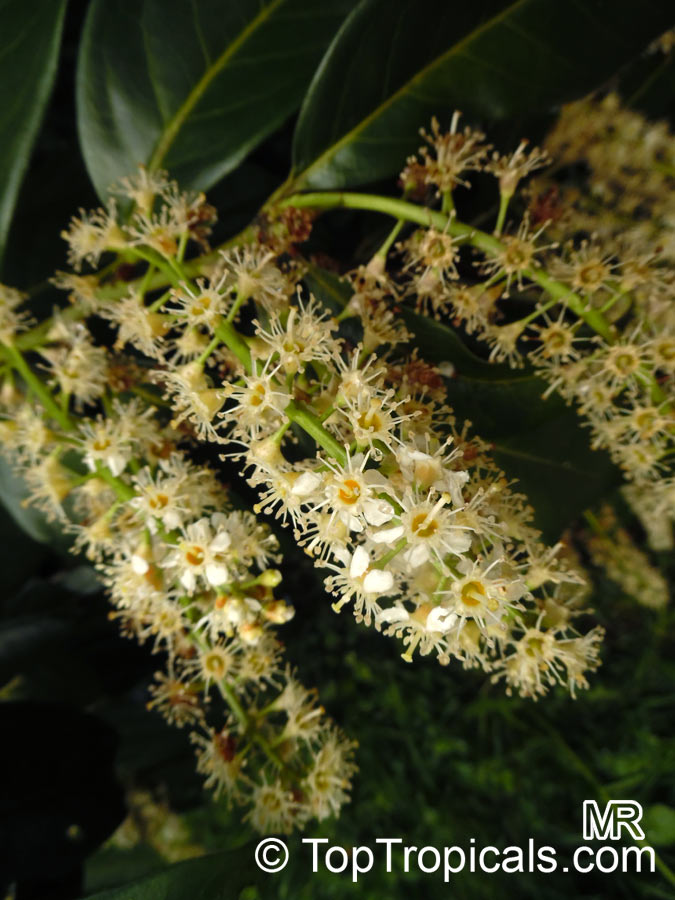
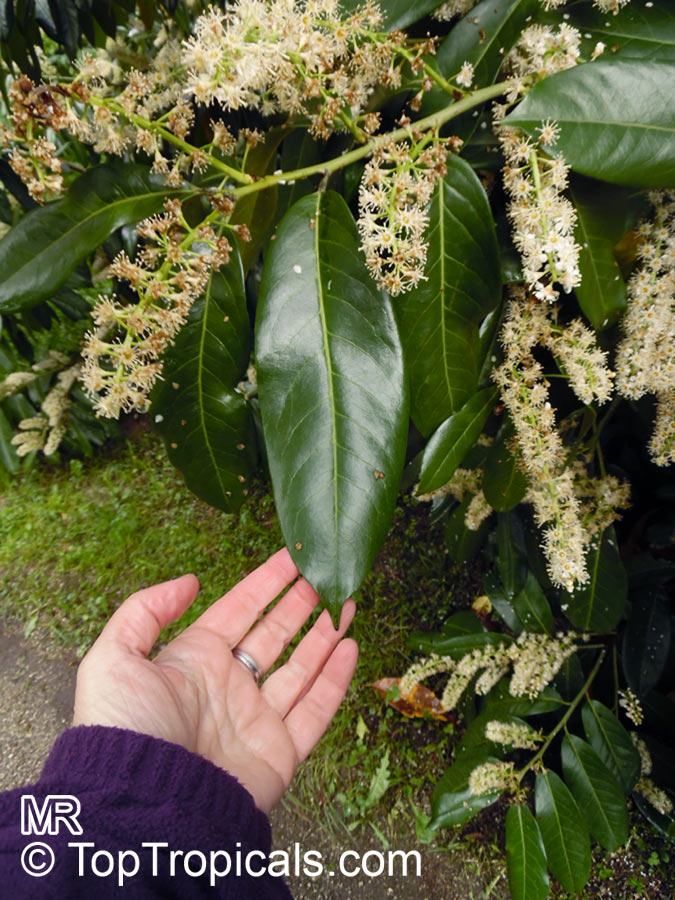
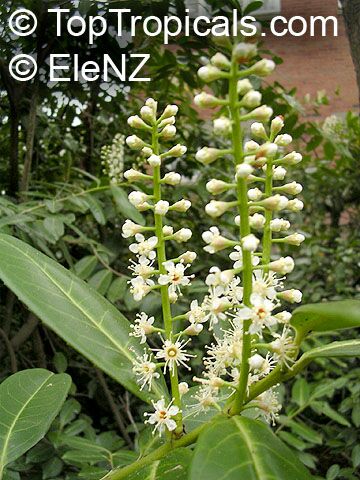
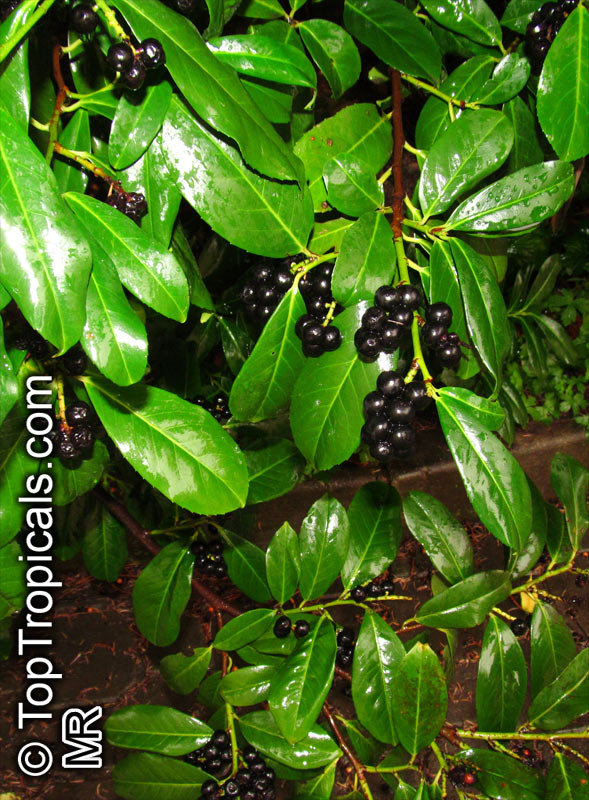
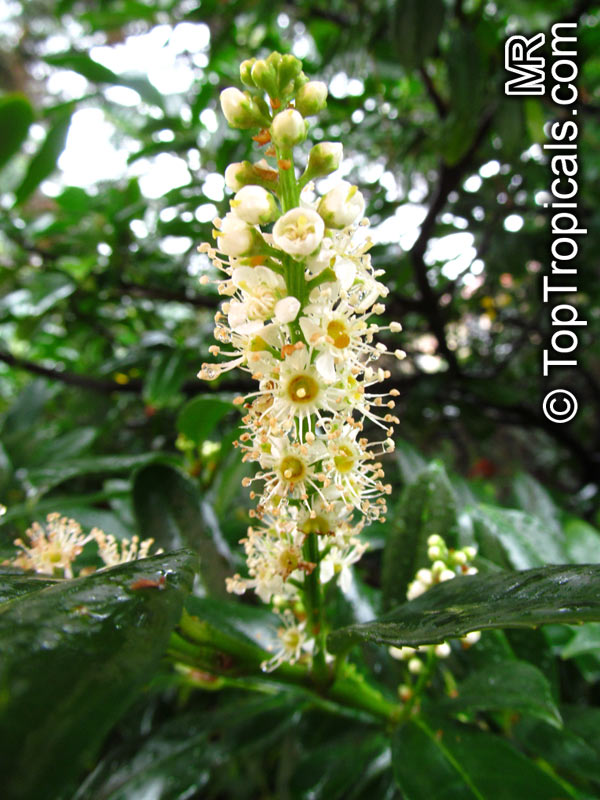
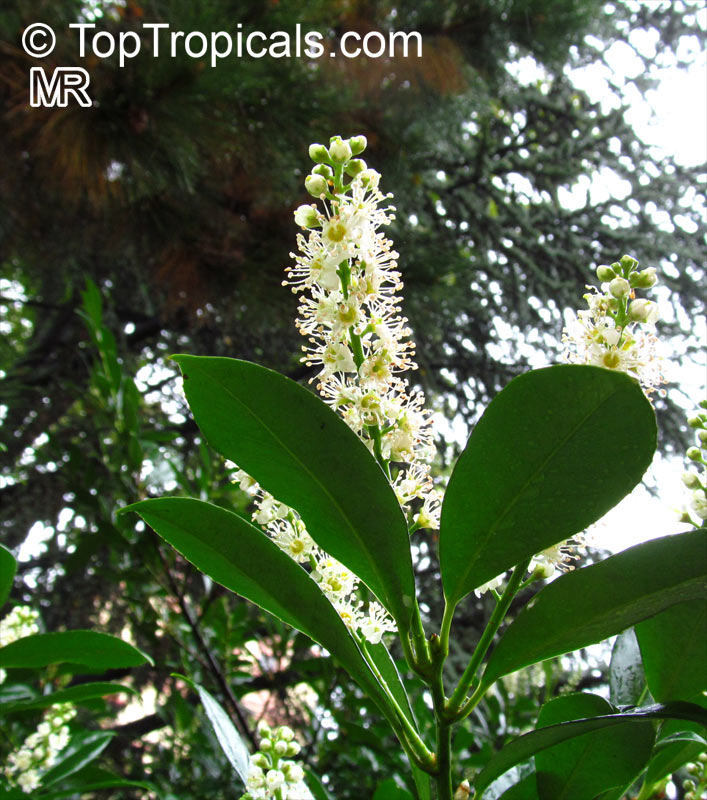
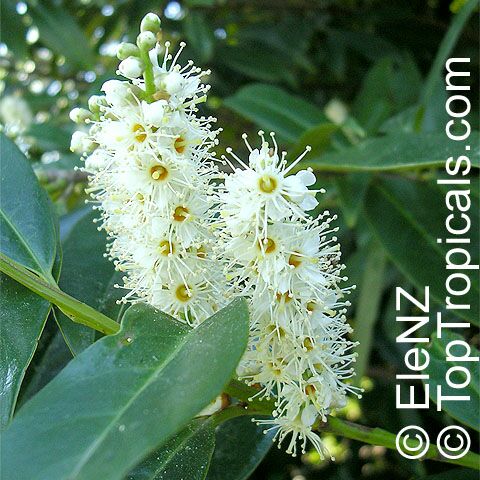
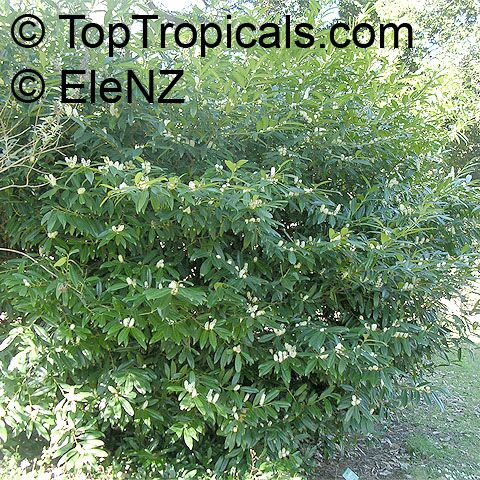
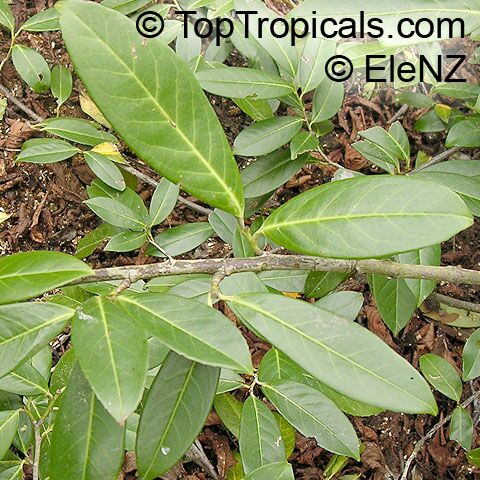
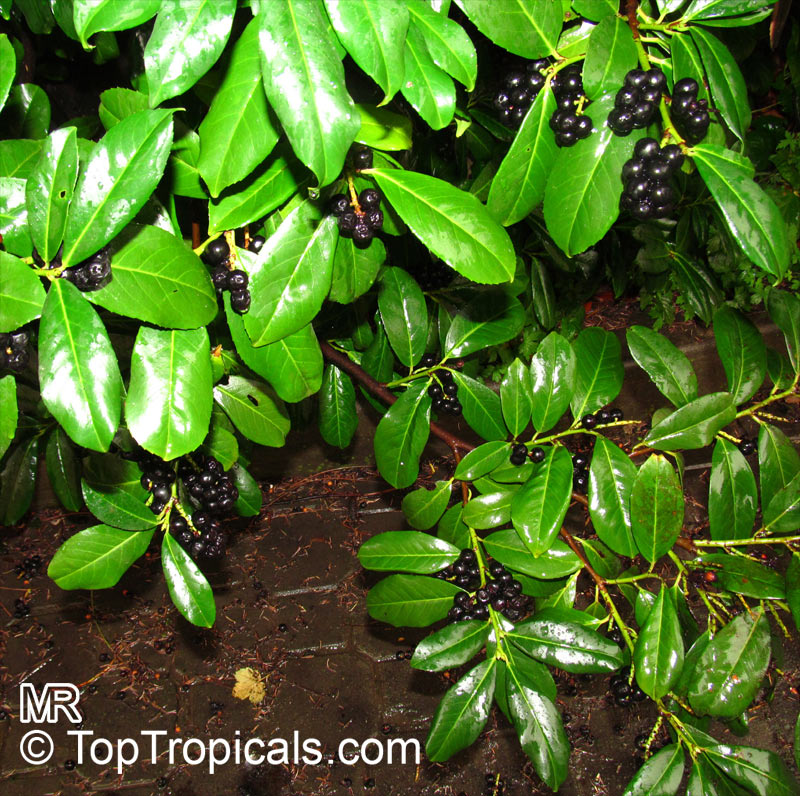
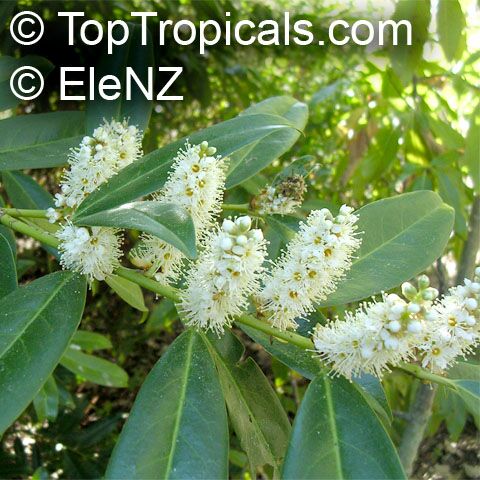
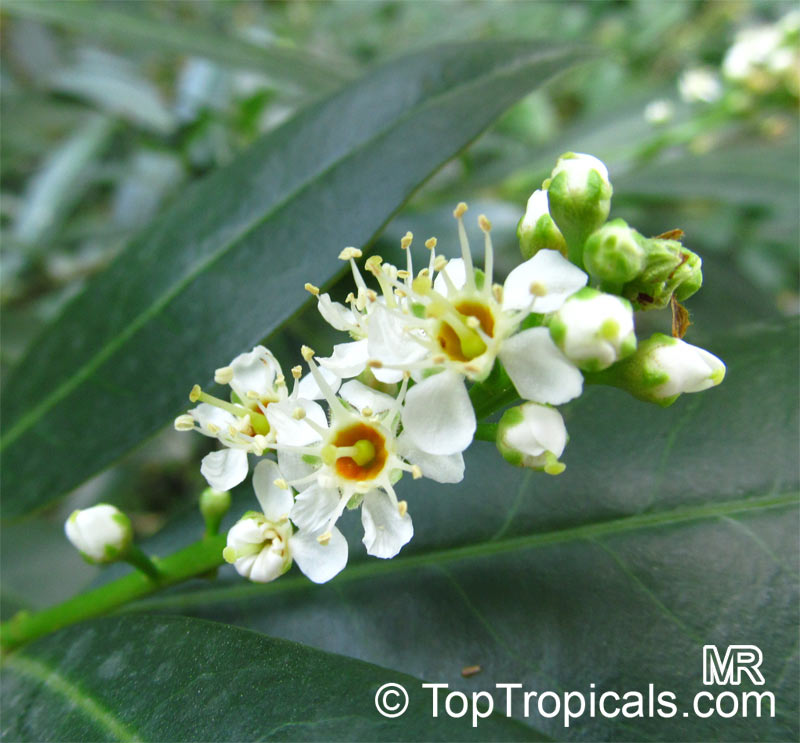
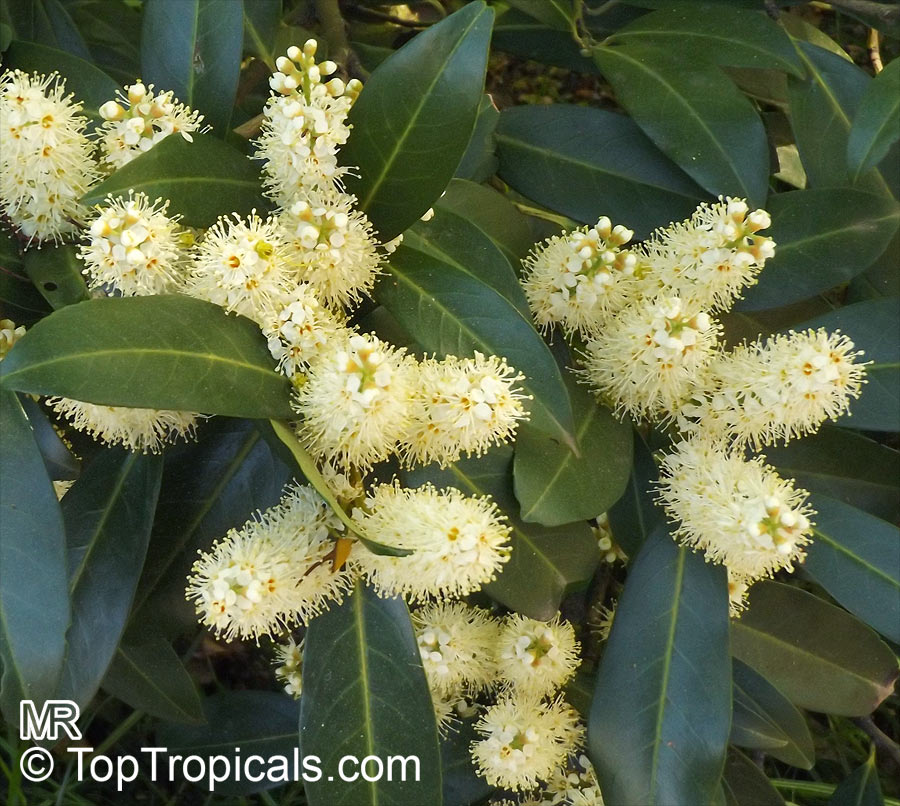
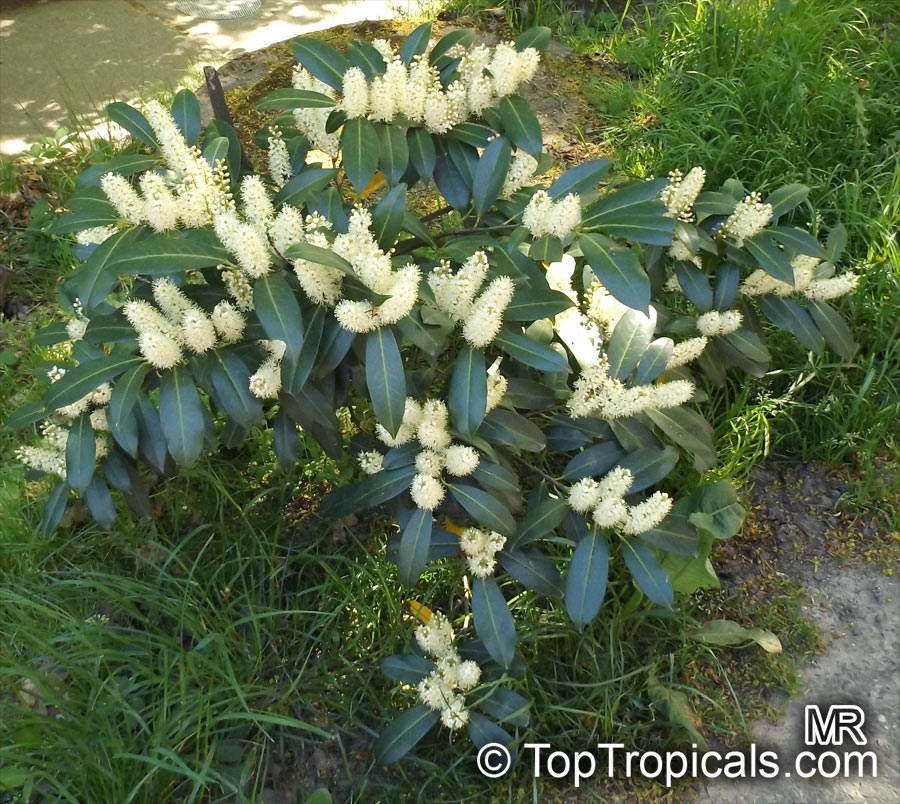
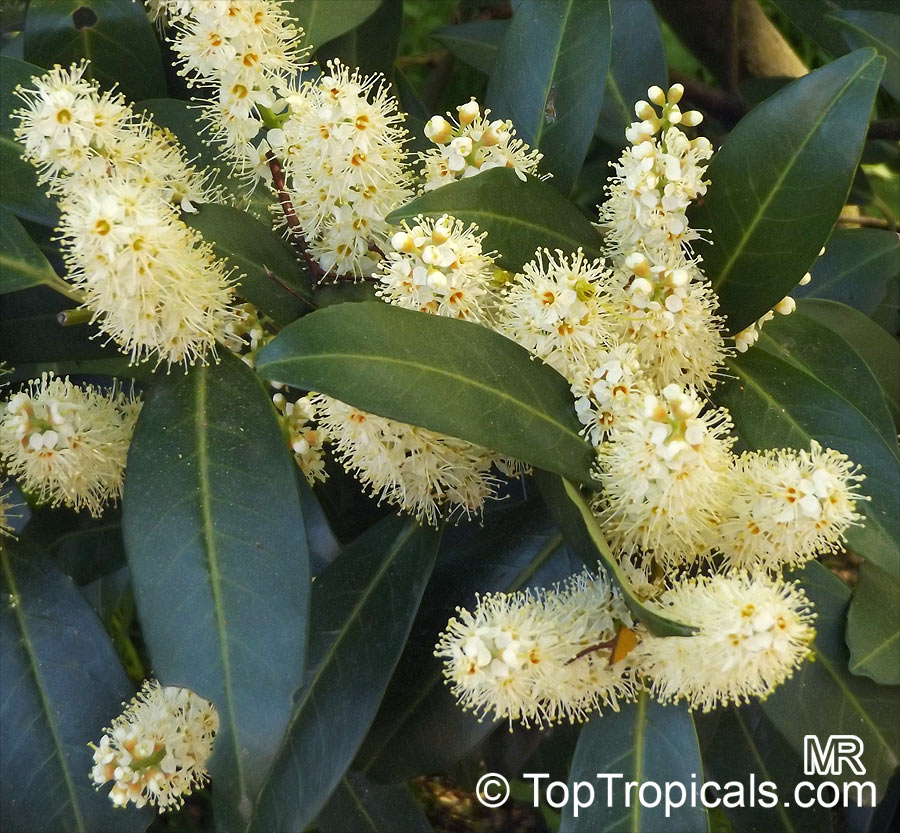
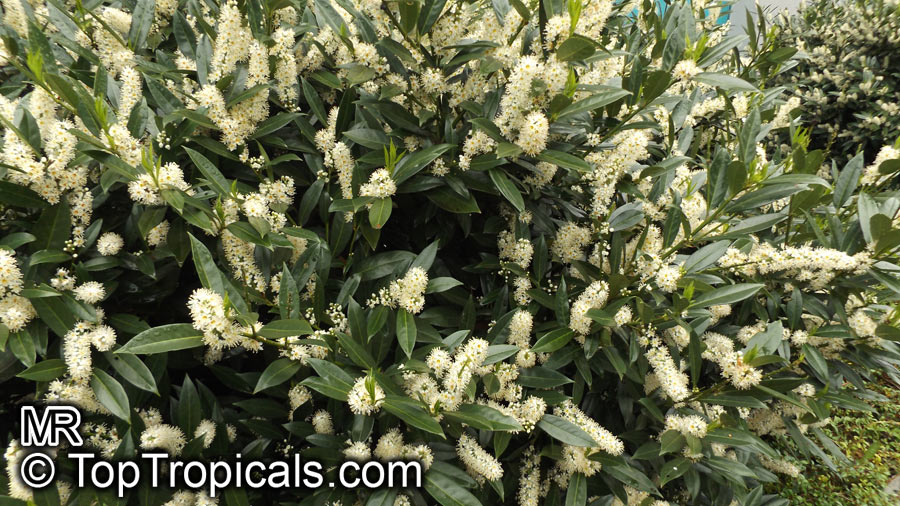
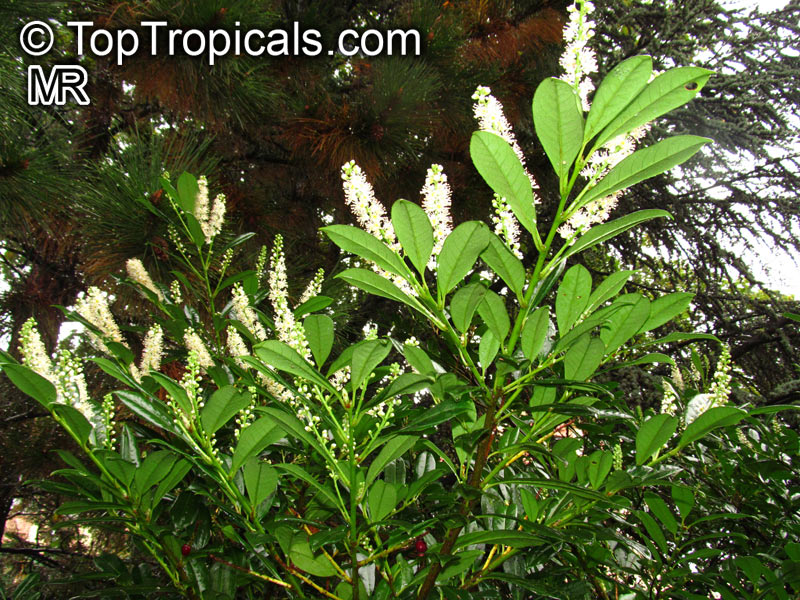
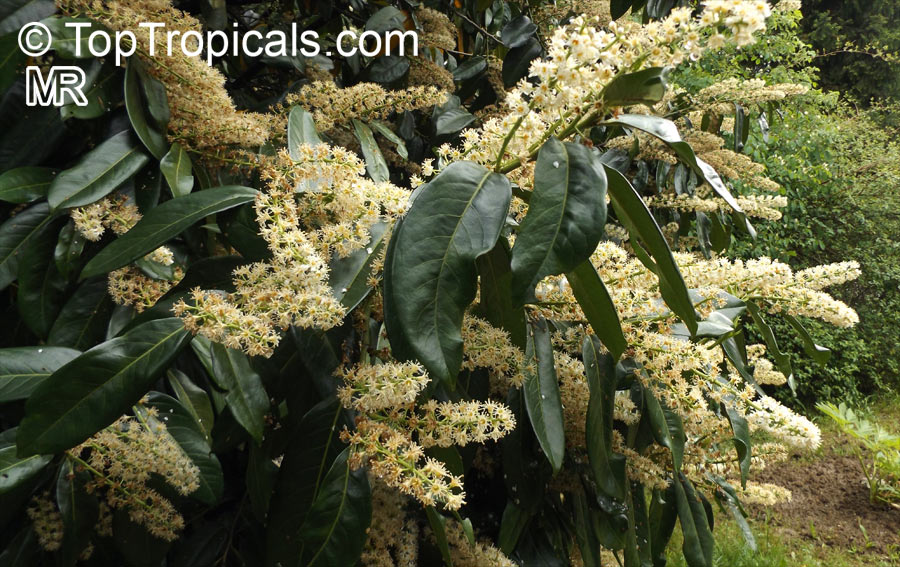
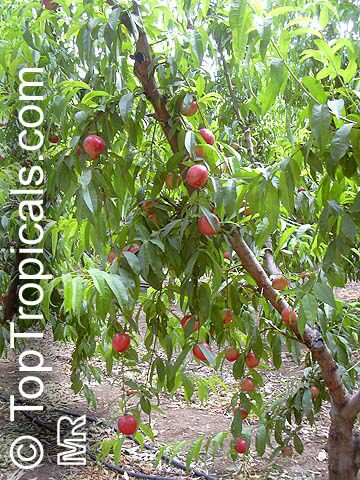
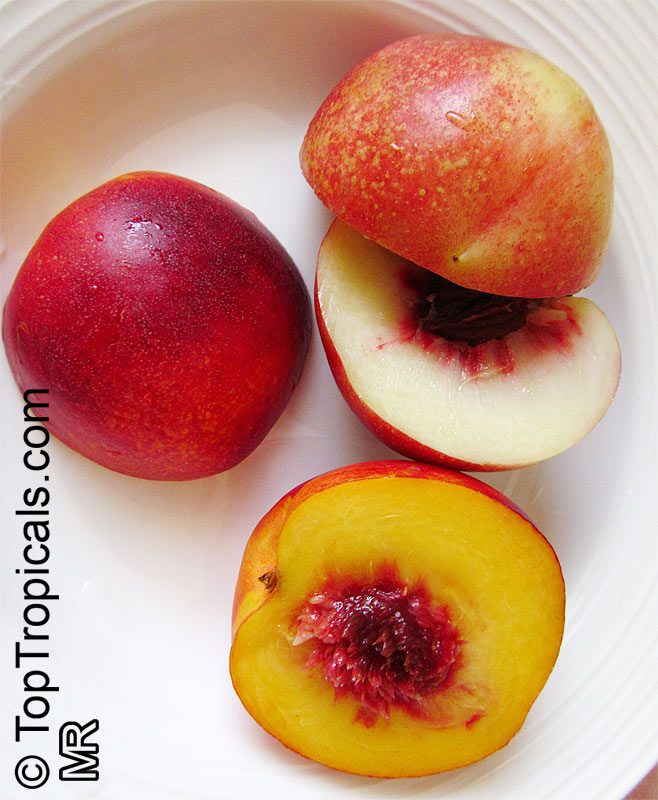
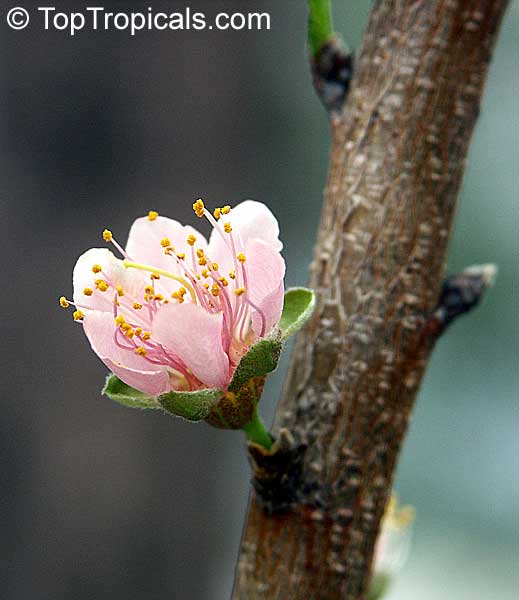
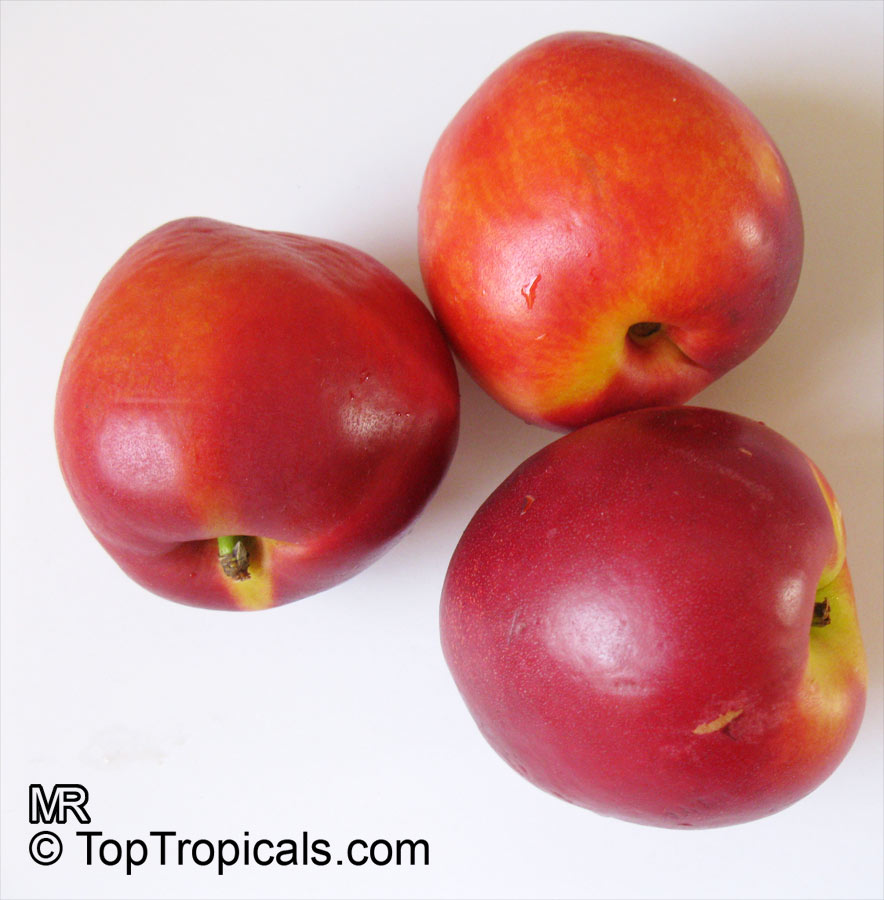
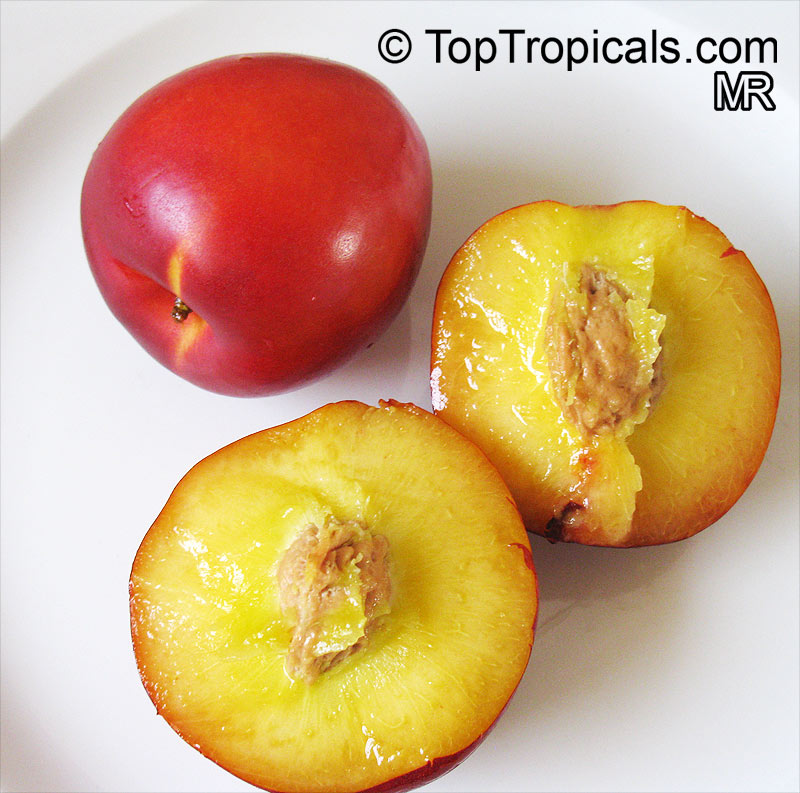
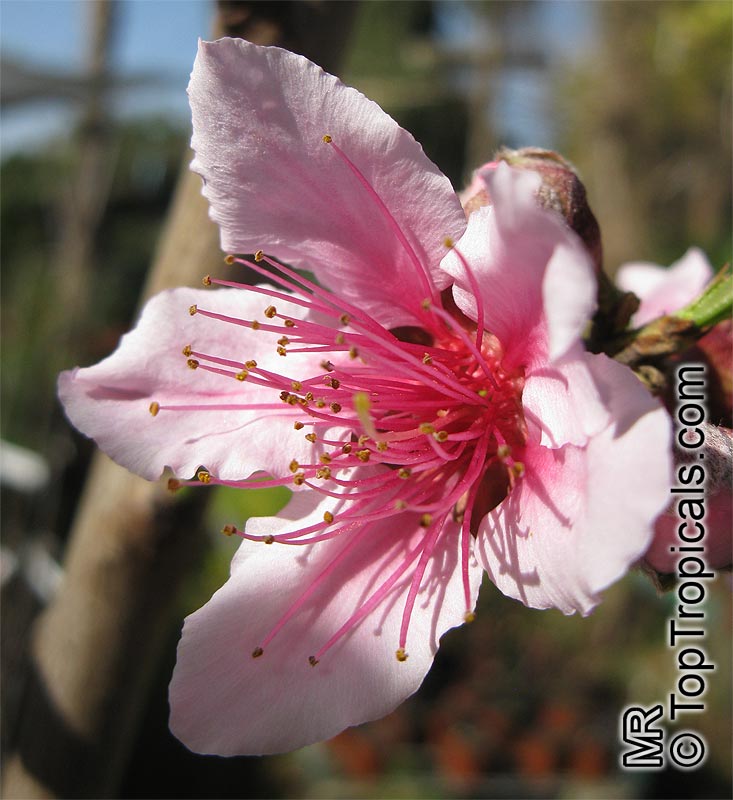
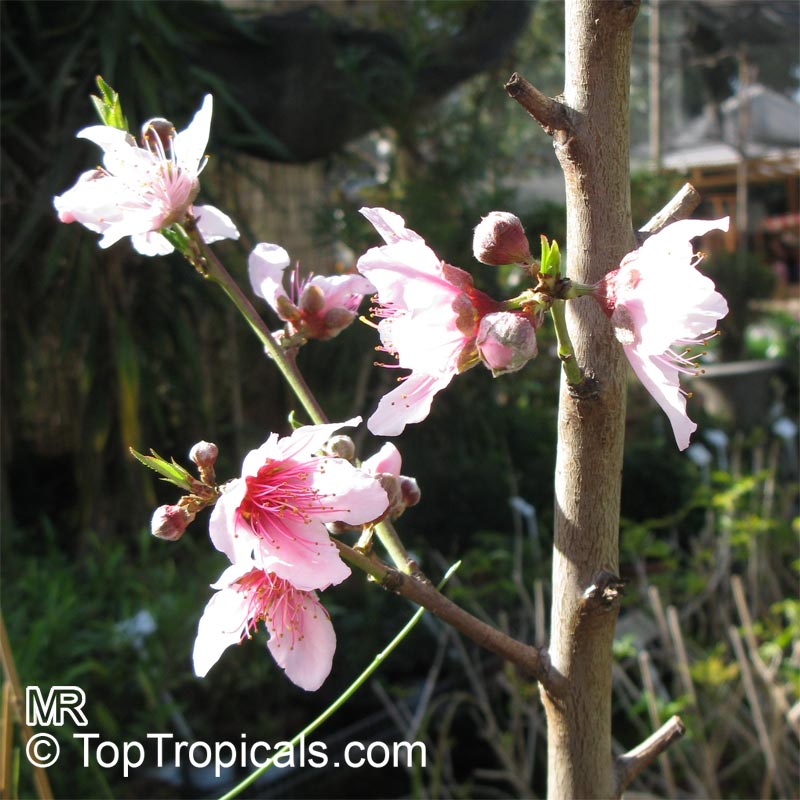
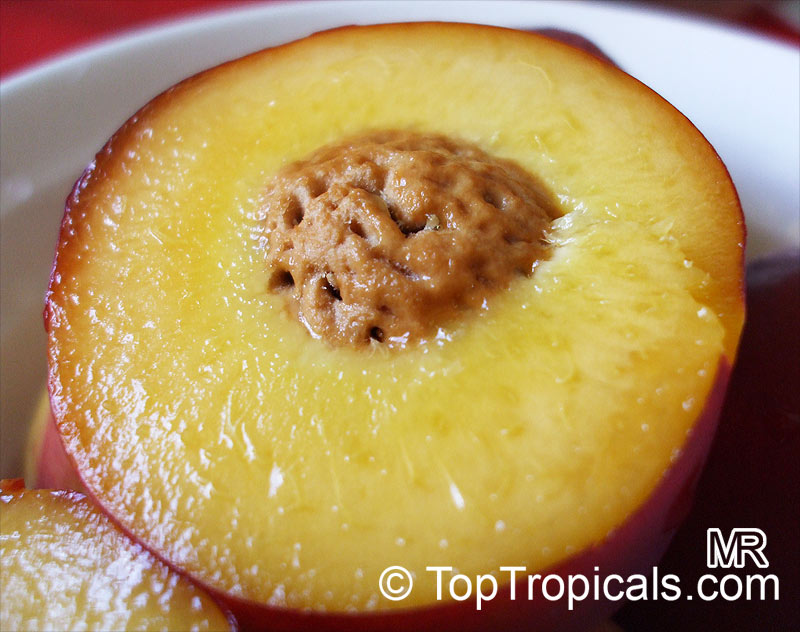
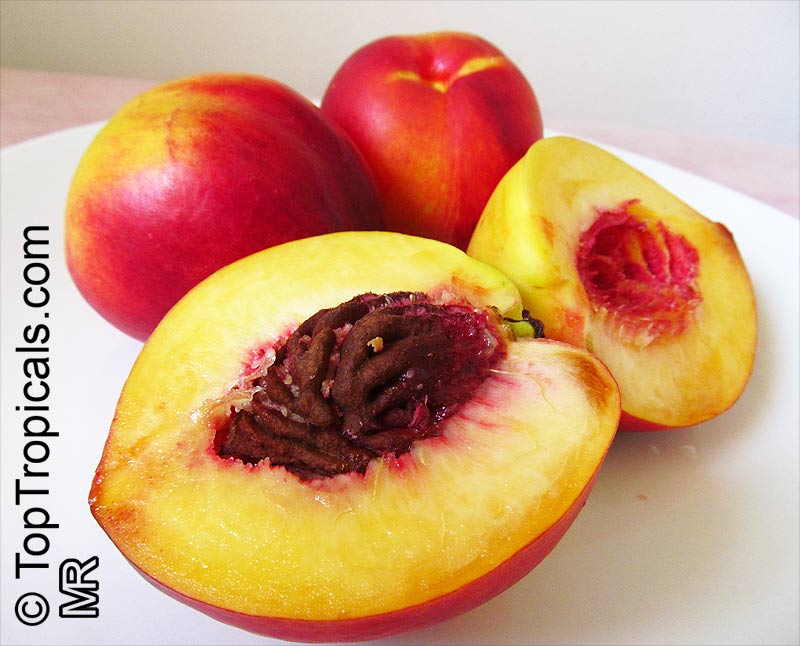
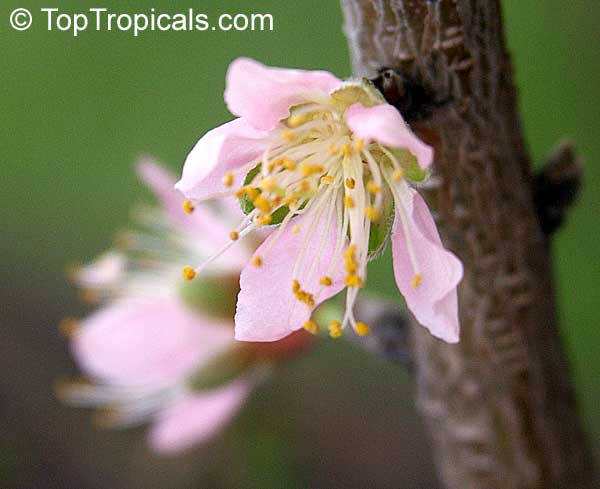
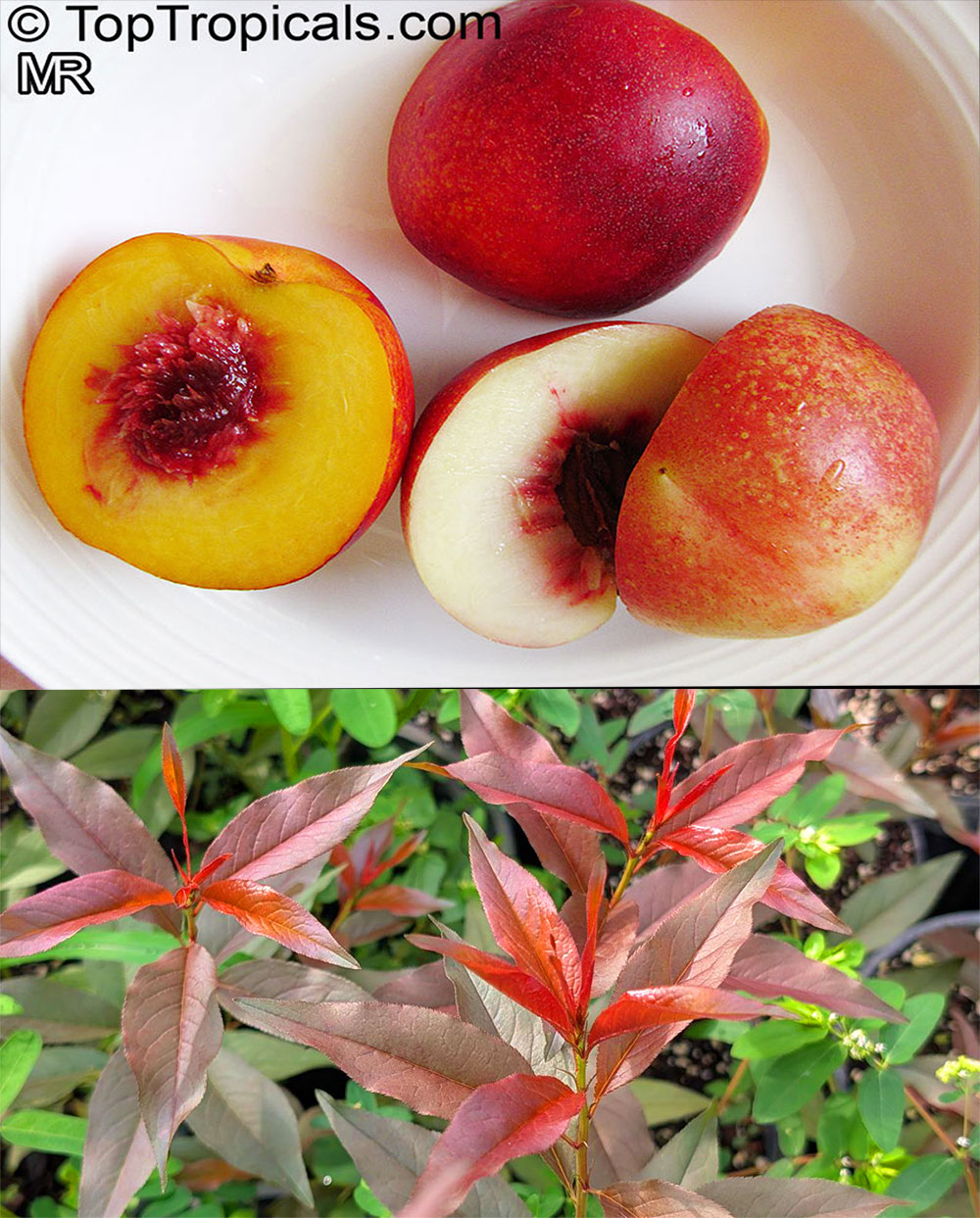
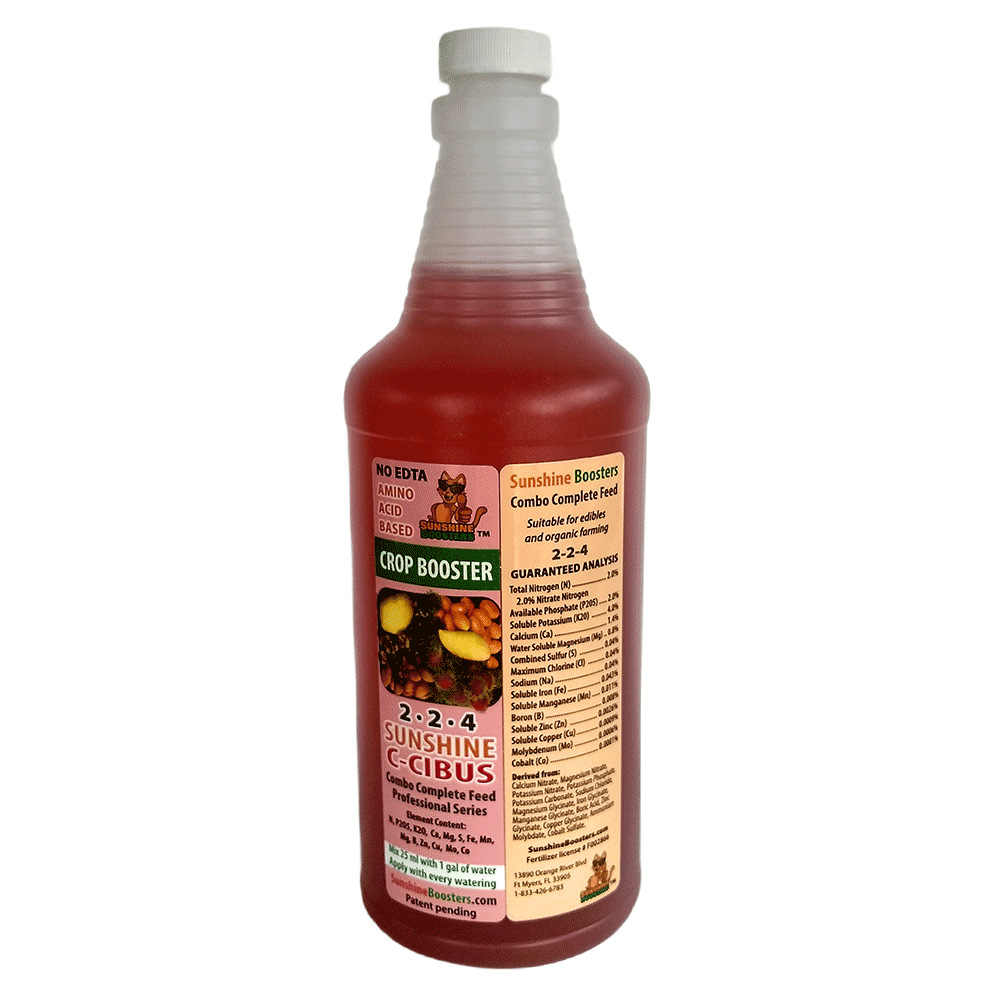 SUNSHINE C-Cibus (NPK 2-2-4) - Crop Booster for every watering.
SUNSHINE C-Cibus (NPK 2-2-4) - Crop Booster for every watering. 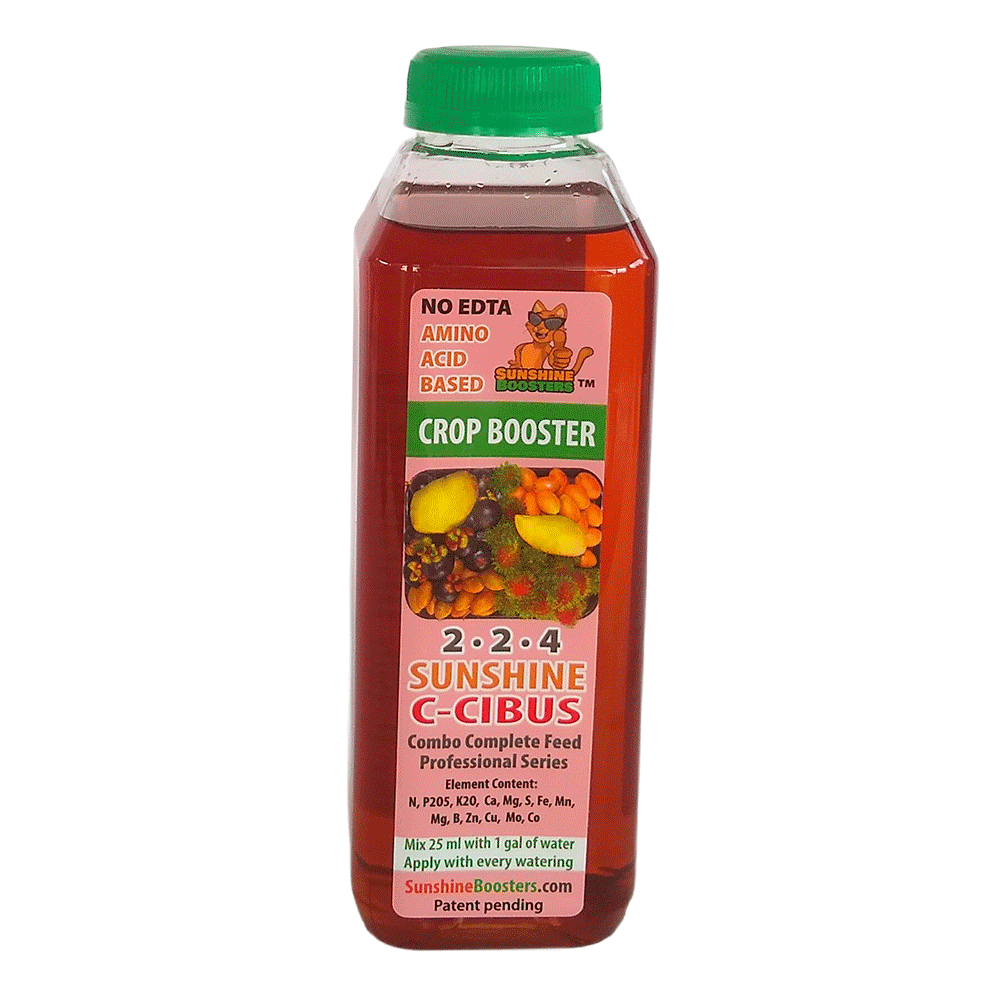 SUNSHINE C-Cibus (NPK 2-2-4) - Crop Booster for every watering.
SUNSHINE C-Cibus (NPK 2-2-4) - Crop Booster for every watering.